Destroying the Human Spirit: The lasting effects of brutal oppression
Seagoing adventures, but more gripping Social and Political explorations. We experience the after-effects of state brutality and political oppression.
Some of us will have the disturbing experience of going to a place or a building and having the uneasy feeling that something bad had happened there. This is an account of our experiences in whole countries in which the feelings were supercharged by physical evidence and the behaviour of whole communities which had experienced horrific experiences. Of course, we knew quite a lot about the behaviour of the Nazis in eastern Europe, wholesale slaughter of any people who did not live up to the pure Aryan ideals and of course the attempt to wipe out the Jewish race. What we also knew was that the vile Nazis were superseded by the repression of the Soviet Union.
What we did not appreciate was the lasting physical and human impacts of both of these horrible regimes.
And now the Russian state is attempting to destroy Ukraine – Plus ça change!
Under the Dark Shroud.
We enter the former “Iron Curtain” – Soviet Zone in the year 2001
This account is stimulated by the invasion of Ukraine, and the ghastly destruction caused by the Russians in 2021 and onwards. What started as a cruising adventure rapidly morphed to an exploration of the disastrous political, social and economic effects of cruel repression on whole nations. The Soviet occupation of East Germany and the Baltic States finally ceased in 1989. Until then, the police and border authorities were designed to control, and behind the scenes, secret police, such as the East German Stasi kept records on any citizens that could have caused trouble to the regimes.
We entered the former Soviet zones in all innocence, and were more than surprised by what we found some 10 years after the Soviets had left. In fact one of our crew of two, found himself to be very depressed at experiencing the psychological and physical scarring of whole societies
The vehicle for our experiences is an old lifeboat converted for long distance cruising. It has the distinctly strange to the English ear of Deneys Reitz; this is because the funds to build it had been raised in South Africa during World War Two The man with this name was a Boer who after fighting the British, and writing a splendid book titled “Commando” eventually became the South African High Commissioner to London.
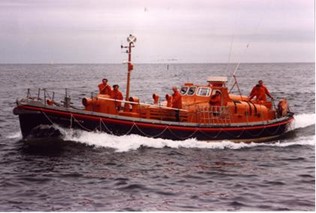
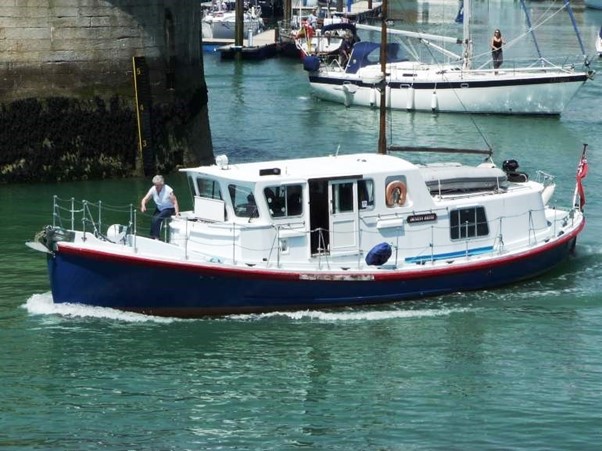
The lifeboat was converted into a cruising yacht by 3 great craftsmen in Norfolk, England. Conversion took nearly 3 years, but when finished was a capable long-distance cruising yacht with 5 berths. So, Don and Charlotte set out on our adventures in 2000, crossing the North Sea in 2001, and then through the Kiel Canal, turning Eastwards into the Baltic Sea and into East Germany and onwards towards Poland and the Baltic States. This is an account of what we encountered……
First Impressions: neglect and decay of the built environment; then depression – and hostility of the authorities
We were deeply impressed by the effects on what seemed to be extreme neglect of the built environment – and then more gradually on the behaviour and attitudes of the people. It seemed to us that many had been subject to something horribly depressing, which had lasted quite a long time and seemed to us as though a shroud had been cast over the countries we visited – East Germany, Poland, Lithuania, Latvia and to a lesser degree Estonia.
History
On September 1st 1939 Germany invaded Poland, forcing Britain and France into war and sparking the bloodiest conflict of the 20th century
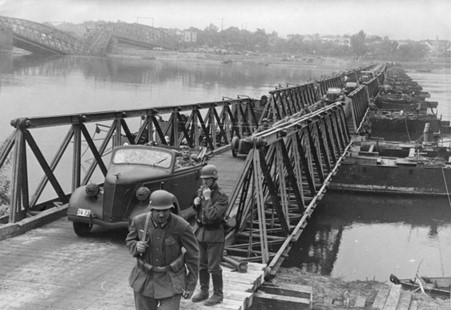
Image: Poland Everett Collection/Mary Evans
German-occupied Poland during World War II consisted of two major parts with different types of administration.
The Polish areas annexed by Nazi Germany following the invasion of Poland at the beginning of World War II — nearly a quarter of the entire territory of the Second Polish Republic — were placed directly under the German civil administration. The official term used by the Nazi authorities for these areas was the “incorporated Eastern territories” (German: Eingegliederte Ostgebiete). They planned for a complete Germanization of the annexed territories, considering them part of lebensraum.
The rest of Nazi-occupied Poland was renamed as the General Government district (Generalgouvernement).
The Nazis rounded up as many Jewish people as they could and shipped them off to death camps.
A snapshot of what the German occupation was like……
“It was a terrifying day, I cannot describe everything that took place. You cannot imagine the barbarism of the Germans. I am completely broken and cannot seem to find myself.”
German occupation was followed by the Soviet Union
The Soviet Union and the independence of Poland
Poles were the first nation to have been subject to extermination in the Soviet Union solely on grounds of nationality. Over the course of the Polish Operation, nearly 140,000 were persecuted, with 111,000 suffering immediate death. The sole criterion of repression was Polish nationality. It was the first nationally-motivated act of genocide in a communist state, as opposed to mass killings carried out on political, social or classist grounds.
After the joint invasion of Poland, the two allies cooperated closely for nearly two years. Both Germany and the Soviet Union manifested equally hostile attitudes towards the Poles. It included mass killings, the annihilation of Polish elites and the extermination of Poles in concentration camps, often after having exploited them through forced labour. The Soviets methodically deported the Polish populace into forced exile in distant parts of the USSR, characterized by a hostile climate – semideserts, taigas or tundras. The deportation process was halted by Germany’s invasion of the Soviet Union, thus saving millions of Poles from eastern parts of the former Polish state from being sent off. Suddenly, the entire Polish territory was under Nazi occupation.
Poland did not regain its independence after World War Two. After the great conflict, the Soviet Union, which had first attacked Poland as Hitler’s ally in 1939, seized the entire Polish territory, with the open connivance of the triumphant Allies.
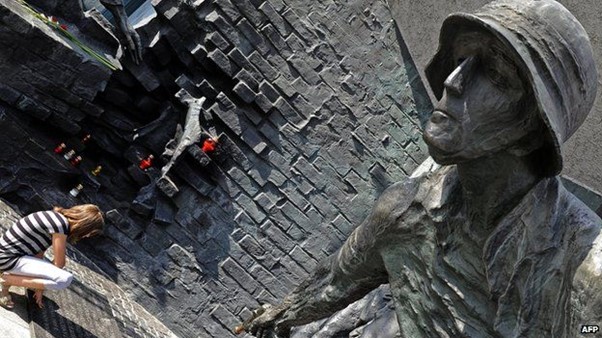
A chronology of some key events:
1939 – Nazi Germany invades Poland. Beginning of World War II as the United Kingdom declares war on Germany in response to the invasion. The Soviet Union invades from the east. Germany and the Soviet Union divide Poland between them and treat Polish citizens with extreme brutality. Germany begins systematic persecution of the large Jewish population.
1940 – Soviet secret police carry out systematic massacre of about 22,000 Polish army officers, professionals and civil servants mainly in a forest near Katyn in Russia’s Smolensk Region. The Soviet Union attributed the crime to the Nazis until acknowledging responsibility in the late 1980s.
1941 – Germans start to build concentration camps in Poland. Their names – Auschwitz, Treblinka, Majdanek – become synonymous with the Holocaust.
1943 – Warsaw ghetto uprising against German attempts to transport the remaining Jewish inhabitants to concentration camps. Resistance lasts nearly four weeks before the ghetto is burned down. The Germans announce the capture of more than 50,000 Jews.
1944 – Polish resistance forces take control of Warsaw in August. The Germans recapture the city in October and burn it to the ground.
1945 – Soviet forces capture Warsaw in January. All German forces are driven from Poland by March. Poland’s borders are set by the post-war Potsdam conference; Poland loses territory to the Soviet Union but gains some from Germany.
Communist rule
1947 – Poland becomes a Communist People’s Republic after Soviet-run elections, under the Stalinist leadership of Boleslaw Bierut.
1955 – Poland joins the Soviet-run Warsaw Pact military alliance.
1956 – More than 50 people killed in rioting in Poznan over demands for greater freedom. Liberal Communist leader Wladislaw Gomulka takes over.
1980 – Disturbances at the shipyard in Gdansk lead to the emergence of the Solidarity trade union under Lech Walesa.
1981 – Martial law imposed. Many of Solidarity’s leaders, including Walesa, are imprisoned.
1983 – Martial law lifted.
Success for Solidarity
1989 – Round-table talks between Solidarity, the Communists and the Catholic Church pave the way for fall of Communism in Poland. Partially free elections see landslide win for Solidarity, which helps form coalition government. Tadeusz Mazowiecki becomes the first non-Communist Polish prime minister since 1946.
1990 – Walesa elected president of Poland. Market reforms, including large-scale privatisation, are launched.
1991 – First parliamentary elections since fall of communism. Soviet troops start to leave Poland.
1993 – Reformed Communists enter coalition government. They pledge to continue market reforms.
1994 – Poland joins Nato’s Partnership for Peace programme.
1995 – Aleksander Kwasniewski, a former Communist, narrowly beats Lech Walesa to become president.
1997 – Polish parliament adopts a new constitution. General election is won by the Solidarity grouping AWS. Jerzy Buzek forms a coalition government.
Towards EU membership
1998 – The EU opens talks on Polish membership.
1999 – Poland joins NATO.
2000 – Aleksander Kwasniewski re-elected as president.
2001 – Poland permits citizens to apply to see the files kept on them by the secret police during the communist era.
2001 October – New coalition between the Democratic Left Alliance (SLD) and the Peasants’ Party forms government with SLD leader Leszek Miller as prime minister.
2002 December – EU summit in Copenhagen formally invites Poland to join in 2004.
2003 March – Polish Peasant’s Party ejected from ruling coalition over failure to vote with government on tax. Leszek Miller carries on as PM in minority government.
2003 June – Poles vote in referendum in favour of joining EU.
So… Back to 2000…
This cast our minds back some 20 years when we took our boat through the Kiel Canal and turned eastwards to visit East Germany, Poland, Lithuania, Estonia and then thankfully across to Finland. We were one of the few cruising boats to take this journey alone at that time. We set out in a spirit of adventure – but we did not expect to encounter the social, psychological and physical effects of prolonged occupation by the Soviet Union. It was as though a dark force had blanketed the land and smothered the minds of the populace.
Now, Russia, the remains of the Soviet Union, seems to be trying to crush the independent country of Ukraine, seemingly in an attempt to rebuild the lost Soviet Empire. The savage attack on an independent country is horrifying to behold. More than 20 years later we were to encounter the dark effects of a previous Russian occupation on countries that have since regained their independence and joined the EU and NATO.
Plans for cruising adventures
When we were planning our trip in the comfort of a comely little English village, our streak of adventure had been aroused by reports by the Yachting Association of a fleet of British yachts sailing to the Baltic ports that had been under the control of the Soviet Union before that dark empire broke up, allowing the light of democracy to shine forth.
This notion appealed mightily, so we planned a solo trip to the Baltic via the Kiel Canal. It became apparent from reading the pilot books that the bulk of British yachts heading for Baltic waters seemed to turn left on leaving the canal and headed towards Denmark and thus to Sweden, to cruise peacefully amongst the Scandinavian islands. But this was not for us!! We were going to follow in the footsteps of the previous year’s Cruising Association fleet. And were to be helped by their pilotage notes, so Job Done, adventures in the Eastern Baltic were for us!
So… We arrived at the British Yacht club in Kiel full of confidence and hope. We were not even put off by the faint air of snobbery towards motor boats in what was undoubtedly a Yacht Club – that is a club for yachts and yachties, as the manager made clear. He was even more clear about our plans – “You will need to be very careful about the authorities in the East” he warned, “They haven’t fully recovered from Soviet occupation”.
We were not put off, we had the pilotage notes, and the experience of circumnavigating Britain – the Baltic Sea was small, with little tides, surely the countries of the old empire were recovering from their experiences of the Nazis and Soviets and would welcome a yacht bringing friendship and money??
We leave West Germany from the Kiel British Yacht Club
Bolstered by the pilotage notes, we cast off, only to catch one of the propellors round our mooring rope. The yachties smiled complacently. But we had a trick or two up our sleeves. Airily fobbing off offers of help, Don went below and opened one of the hatches under the rear bunk, revealing propellors and a rope round one of them. In no time at all, the rope was severed, the hatch replaced, and Don reappeared, shouting “cast off”, and we glided off the pontoon to the surprise of the small crowd that had gathered to see the motor-boaters humiliated. So with a brisk nod to the amazed yachties, we waved good bye and set off to the East. The adventure had begun!!
Our first journey into the unknown was to Heiligenhaven, in what had been West Germany, which was a straightforward trip of about 4 hours. So we set a straight course around the coast and were happily bumbling along, when the radio burst into life: “Motor yacht heading down the coast on course 120 degrees”…… came a voice, “You are proceeding into a firing range”. Aha, that’s what the yellow buoys were for. So we replied and asked for guidance. What followed was the politest, most helpful guidance from the patrol boat skipper, who gave us a course to steer changing to 054 degrees, offered to accompany us, and when we were put out of danger, gave us a course to steer 5 miles out to sea and a new heading to get us safely back to Heiligenhaven. Little did we know, that was the last pleasant encounter we had with officials for a long time! We thanked to Patrol boat skipper warmly and continued on our way warmed by his helpful manner – and of course his actual help!!
So we proceeded towards Heiligenhaven, with a strengthening wind from astern, eventually sighting the harbour and town ahead. Then … To enter the harbour we had to turn into the teeth of a full gale, and proceed up a narrow channel, but with great luck there appeared a convenient mooring right ahead. By this time we were exhausted, so had a quick sandwich and fell exhausted into our bunks . We had reached the borders of the old Soviet East Germany!
But the wind blew and blew, so we were stuck in what turned out to be a delightful town. Featured were wonderful windy walks on the shore, the sight of a small inshore lifeboat roaring out to sea through sheets of spray to rescue four men in a rowing boat. What barking mad impulse led them to leave the sheltered channel seemed impossible to divine. But like all lifeboats the German one took two men off the rowing boat, and towed the other two to safety to the shelter of the channel. It was too far away for them to hear the cheering and applause from the watching crowd on the shore.
The food in Heiligenhafen was really good. We joined a huge queue outside a bakery, to find customers were invited to choose slices of different breads – “I’ll have three of the currant bread, two of the crusty brown one and – ah, whats that one right on the top shelf …..” Now wonder there was a massive pile-up of customers!!
As well as regular forecasts on the phone from Met Ace Paul Bartlett comfortably snuggled in the “Kings Arms” in Greetham in Rutland, we had taken to observing a small lake by the shore. For 3 days, there were combers on the lake, but on the fourth, the inland wave height was diminishing. Hurrah, quick check the next day with Bartlett who confirmed that the wind was dropping (a little). This was enough! We set off from the harbour, into the channel, and out into the near gale, heading for the Fehmarn bridge, which marked the boundary between East and West Germany. We were off to explore the old Soviet Union……!

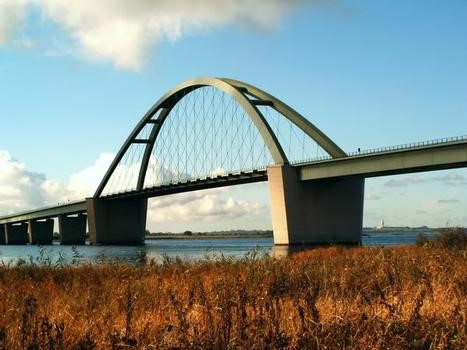
As we motored through the bridge, it was evident that the wind was pretty frisky, but soon we turned into a wide channel, and turned so the wind was behind us, so we went near supersonic, at 10 knots! Eventually the channel narrowed and we passed in to a very narrow channel and then a buoyed lane and so into the pretty little harbour of Wismar. Expectations of hostile reception and gross bureaucracy were dashed . Nobody showed the least interest in us – until a voice from above called “Ahoy there”. It was a Swede called Tomas Rundberg, skipper of a visiting coaster who wanted a chat and wouldn’t refuse a glass of wine! Our new friend Thomas spoke of sailing his coaster around East German waters, invited us to visit him in Kalmar, his home port. Then he said, “You need to be careful the further east you go – Germany is recovering well from the bad old days, but Poland and the rest are still under the shadow of the Soviets. And for God’s sake, stay away from Kaliningrad between Poland and Lithuania, which is still Soviet territory. If you get arrested in those waters, I don’t know what might happen, but at the least they will strip your boat of anything valuable. So Tomas climbed onto the wharf to return to his boat and we went exploring in the town. It was quite beautiful but it was noticeable that there was a huge amount of renovation and repair work going on – much more we thought than would be normal in a West German, or for that matter English town of that size. This was evidence of past neglect, but we knew the West Germans were pouring vast resources into the recovery of the old Soviet East Germany.
We slept peacefully, no customs or police. We realised that Wismar was German, ie European territory and we were a European boat that had permission to travel in the Schengen area. So what was all the fuss about?
We were about to discover the first looming of the Dark Shroud…
The wind had dropped, it was a gloomy, grey day, threatening rain as we approached Warnemunde at the mouth of the river…… Further up the river stretched the massive city of Rostock, obviously a major engineering city, although much of the industry seemed to be derelict or in the early stages of being rebuilt. We tied up for an hour or so against a pontoon in Warnemunde and went into the town and bought a new fender…… Pleased with our purchase, we untied and went up the river Warnow to find a marina for the night. Sure enough, there on the right hand side was a large almost empty marina. Just the job! So we slid inside and tied up to an empty pontoon. We had just tied up and were pleasantly contemplating a little wine, when our anticipations were rudely interrupted buy a little man shouting “Sie konnen nicht hier liegen”. So, we untied and found another empty pontoon further in. Five minutes later the small man arrived shouting, in fact nearly screaming “Sie konnen nicht hier liegen” By this time we were becoming pissed off by the shouting and screaming, now supplemented by arm waving. “Warum nicht?” said Don Politely. The excitable little man, who we had discovered was the Assistant hafen meister, started shouting about “Strom” – electricity. “Wir mochten keine strom”, said Don clearly but maybe ungrammatically. The little man was by now jumping up and down, pointing at a Baltic–style fore and aft mooring. “Nein Danke” said Don. By now it had started raining heavily and the little man was screaming, jumping up and down and getting a thorough soaking. We started backing off, which increased the volume and arm waving. “Lets go” we said, so we started backing out of the Marina. Charlotte yelled for both of us; “Oh SHUT UP, you silly little man” she shouted and we left, to moor at what looked like a yacht club across the estuary.
After-effects of the Stasi
What we were about to discover was the dark after-effects of the Stasi, the East German secret police, the after-effects of which still lingered in the minds of officialdom, and which continued to affect the behaviour of the East German population. For example, the pace of life was markedly slower than in West Germany and officialdom was considerably more noticeable.
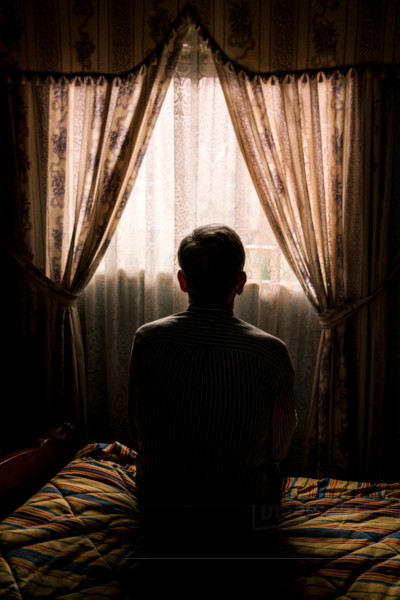
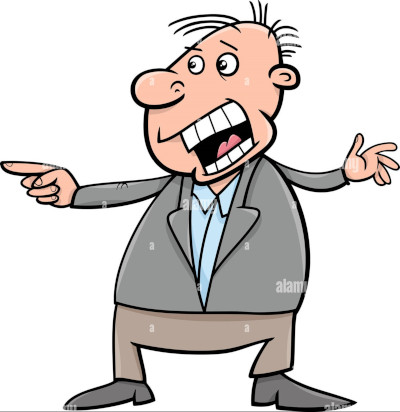
Rostock: we never got the chance to visit!!
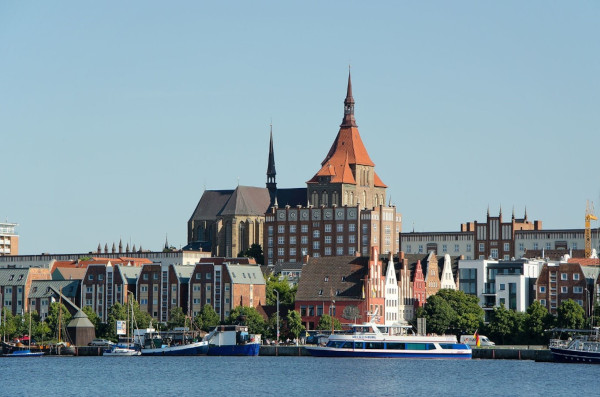
We climbed through the fence at the yacht club, and walked to the clubhouse, where we were greeted very warmly, offered drinks and shown a menu of what was very tasty food. We mentioned our experiences with the deputy harbour master – “Gott”, said the yacht club manager “Macht getrunken, doof, dummer Kerl”. We gathered that they didn’t rate our friend either!
So, we slept peacefully at the yacht club mooring, and the manager refused to charge us for the mooring, saying they needed to make up for the marina manager.
Very nice of them, we were warmed by the experience.
Onwards to Stralsund
We followed a ferry past Warnemunde, a bit regretful that we were prevented from visiting Rostock, but heartened by the descriptions of Stralsund, despite the tricky passage into the harbour. We moored up opposite the town quay, which was next to some truly impressive warehouses. Looked a very attractive city. The initial impressions were sadly dampened by the state of the town, which had obviously been sadly neglected in the recent past. There were what had been lovely buildings in a state of near collapse, there was a statue from the Soviet days of a brave soldier shaking hands with a sturdy worker, there were some old slogans, some pro-Soviet, others anti-Semitic, plastered on walls. But it was obvious that extensive renovations and repair was everywhere. The beautiful city centre would obviously recover under West German stewardship. Charlotte caught a bus out of the centre to try to find a laundromat. She returned, quite shaken at the state of the suburbs. Vast grim concrete blocks, rusting and shabby, with huge heating pipes cloaking the buildings – whole blocks of decaying concrete, obviously not repaired or renovated. She reckoned that the best solution would be demolition and rebuilding.
All in all, the strong impression was of slow recovery from deep depression, this was the first time that we had encoutered the physical effects of oppression and neglect. We searched for a good restaurant, but all we could find was menus dominated by pork medallions. So we went to the new fast food café near the harbour and had… pork medallions!!
The low spot was the Soviet era statues seen below:
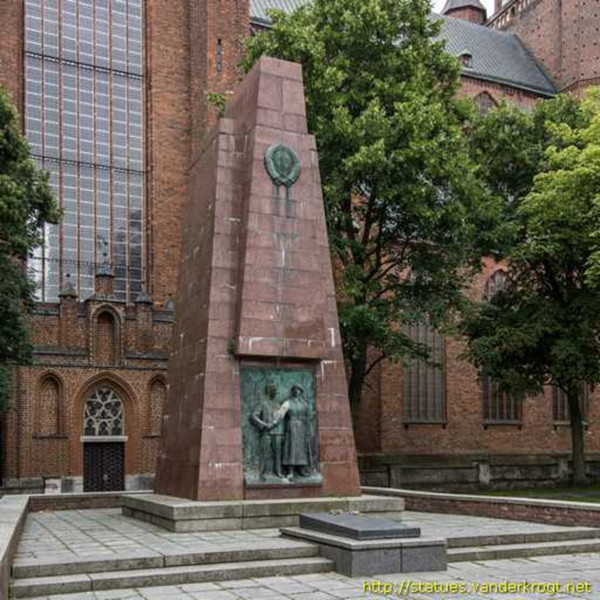
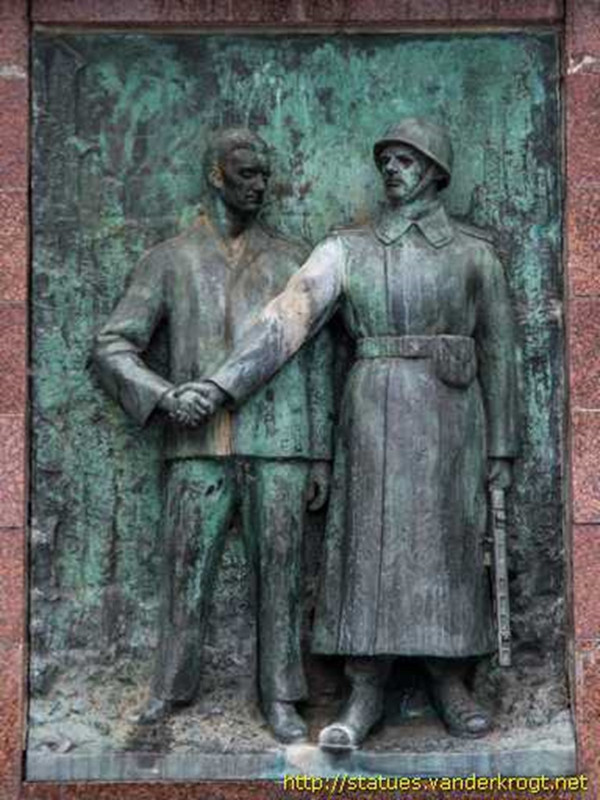
There were quite a few buildings like this scattered round the town…
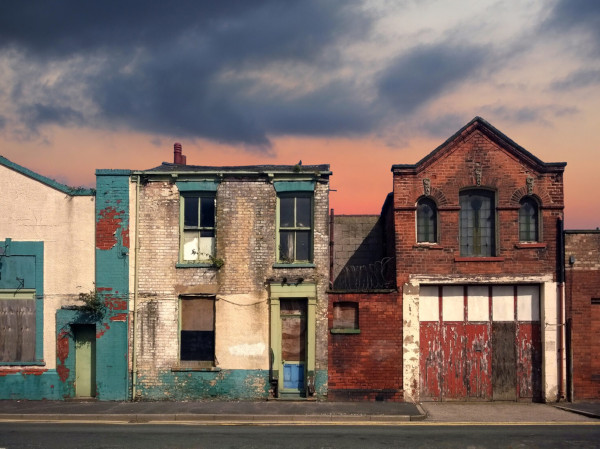
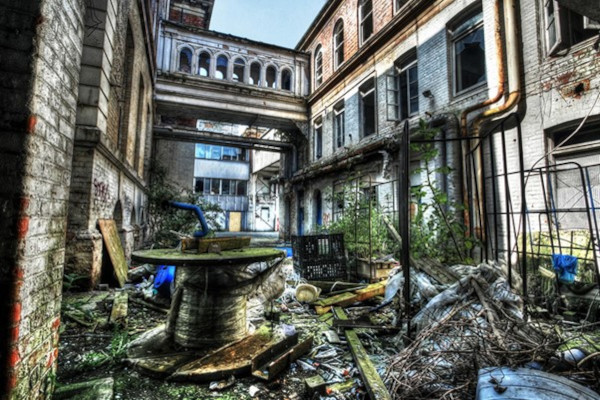
The high spot of Stralsund was the churches, which had been beautifully maintained and were truly impressive.
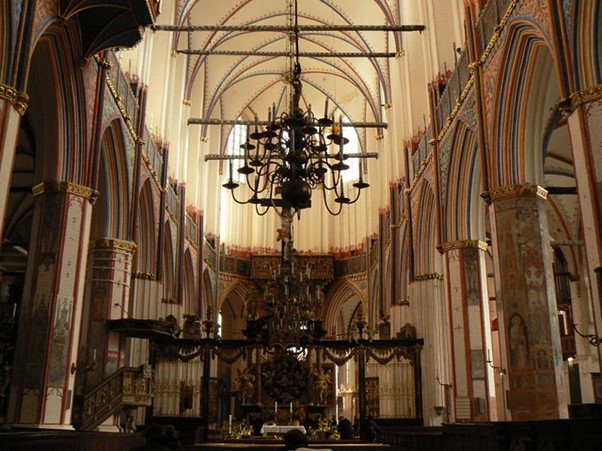
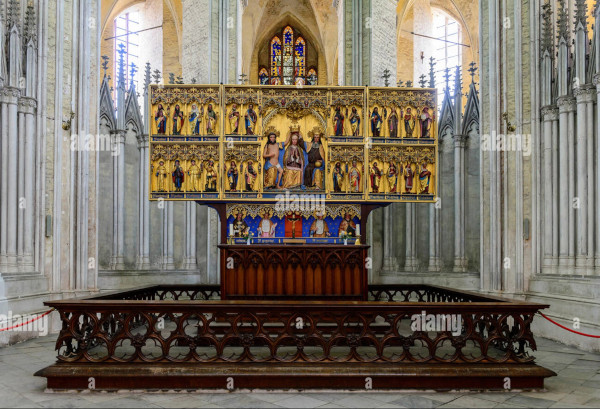
Shaken by the evidence of neglect and semi-dereliction, but heartened by the obvious improvements being worked by the West German regime, we left Stralsund through the rain and mist, into a desolate marshland, with a very shallow channel so narrow that we had to throttle back in order to stop the propellers getting sucked down by the mud. Across the wasteland we could see the wreckage of Peenemunde the Nazi rocket research and production facility, bombed by the RAF towards the end of the war. We met a British historian in Stralsund, who said that he had found remains of rockets, fuel tanks and other debris, left after the war.
Our next destination was Wolgast, which turned out to be a pretty town, with the usual blisters of neglect and some renovation. But the unique feature was the harbour master – a stocky and friendly woman who helped us to find shops, to the point of giving us lifts in her little car. We were hugely grateful, and invited her on to the boat for a drink. She seemed very reluctant, but eventually sat on the wharf and shared a glass of wine with us. Next morning we asked her for the harbour dues as we wanted to leave. This seemed to cause a crisis: She indicated that this was not her job and phoned to her “boss”. She arrived in a smart Mercedes and got out carrying a briefcase. Her “uniform” was a dark grey sharply cut suit, to match the briefcase. The overall impression was of “Rosa Klebb”, from the Bond films . She briskly ordered the harbour master away, and climbed on to the boat. There ensued a ritual that was to become darkly familiar: Passports; crew lists, previous and intended destinations, boat registration documents. At the end of this rigmarole, she produced a ridiculously tiny bill, which she stamped with great ceremony. Got in her car and left. We called the harbour master back, thanked her warmly, gave her a bottle of wine and also left.
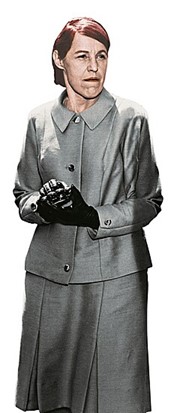
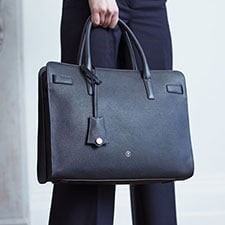
POLAND…
The shroud darkens… Our next destination was Poland via an inland route with very shallow waters and several bridges that seemed to open once a day, so we had to lower and raise the mast. We were still somewhat disturbed by the behaviour of “Rosa Klebb” as we crossed the Polish border, heading for Świnoujście. The way in seemed to be through a very narrow channel. We were so involved in navigating the channel that the appearance of a red Verey light and the accompanying report caught us by surprise. There was a grey patrol boat moored by the side of the channel near the “border”! So… We went across and tied up alongside the boat, and went through what was to become a familiar ritual: Passports, crew list etc etc. Then we were ordered to report in the town – again!! So, we slowly meandered into the town through a narrow channel bordered by herons perched on poles, and to the security post located in a concrete bunker. There we repeated the usual ritual before being ordered to the town quay, where there was very little room for us to moor alongside near-derelict fishing boats.
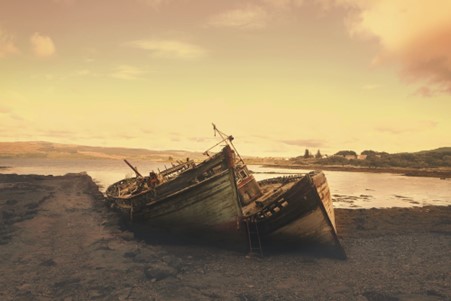
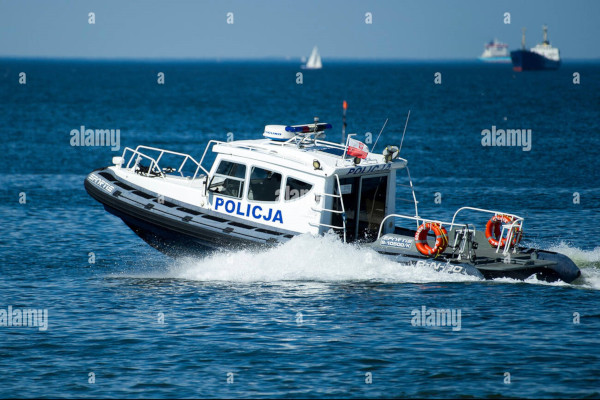
Tied up, we were heartened to see a bar opposite. So we scrambled off the boat looking forward to a nice beer and some cheerful people. The beer was OK, but the reception was distant – nobody acknowledged us, silence fell on the place. So, we finished our drinks and went back to the boat. A sense of isolation began to shroud us, but Charlotte’s food was good, so we went to bed and slept soundly. Next morning, Don set about fixing the sewerage pump and Charlotte went ashore to purchase some local charts. The pump was fixed and Don had decided to pump the contents of our tank into the harbour, as he was convinced the water was so filthy that nobody would notice – when Charlotte arrived with the news that the sale of charts to foreign boats was forbidden!!
Arrested at sea: for what??
“Lets get out of here” said Don, so we started up, radioed the port control on the official channel and set off. We had sailed some 30 minutes when the radio sprang into life. “British motor boat, you are ordered back to port security immediately”
, crackled the voice. Enquiries about why, what we had done wrong were simply responded to by a repeat of the order, so we turned round and went to the bunker, where we moored up. A grim policeman escorted Don into the office, where he was admonished for breaking the law. Said the policeman; “The authorities must know where you are and where you are going 24 hours a day!!”
They refused fuel, saying it was for Polish use only! We were fined a paltry amount and the Police radioed the next port after going through the by now familiar routine: passports, crew list etc. The most arresting statement, which left us open-mouthed was “You may think this is a democratic country – it is not, it is a Soviet state!!”
So to next port, Dziwnów, where we moored by the port control office outside the town and…… you guessed, passports etc etc. Said Don; “I guess its too late to turn round and go home !!”
A policeman walking on the bank led us to a narrow entrance to a tiny fishing harbour containing a Polish yacht. Friendly overtures were met by blank stares. The skipper disappeared into the cabin and slammed the door!!?
However, there was a bright spot – a diesel bowser arrived to fill up the fishing boats. Pleasant approaches to the driver were rebuffed. The fuel was for Polish boats only!
But there was one pleasant experience. Across the harbour was what appeared to be a lifeboat. We strolled across to look at it and were accosted by a man who turned out to be the skipper. We explained the history of our boat, we had mutual boardings – and then he went to a small house, which accommodated the crew and he came back with a large armful of vegetables from his garden!
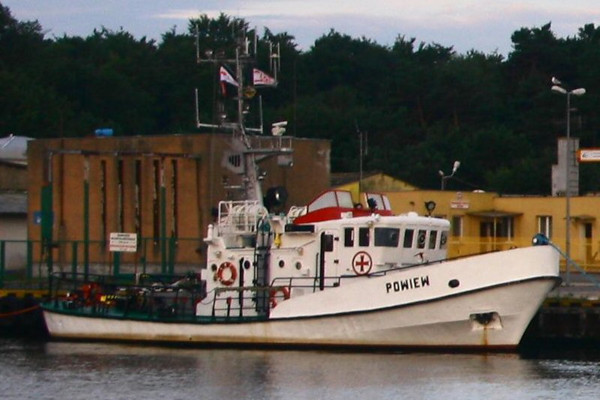
Our pleasure at this encounter was dashed by the discovery that the computer data links didn’t work, so we were reduced to poor signals on mobile phones. The feeling of isolation in a strange and hostile place was beginning to become depressing.
The desire to get out of this country, which we had only just entered, was becoming overwhelming. “only 2000 miles to go”, said Don.
However, having gone through the familiar ritual at customs etc, and having produced proof of having paid to a new policeman, we headed for Kołobrzeg. This was a much more uplifting experience, there was a harbour office and the harbourmaster took care of the usual stuff, showed us to a good berth, said he would contact the fuel jetty and raised the Union Jack on the flagpole!!
We had not been there five minutes when a British delivery crew came in with a large yacht. The stories they told of unpleasant bureaucracy in Poland and our next country, Lithuania, turned nascent feelings of optimism to zero. “We’re off”, said the British skipper, “back as soon as possible to civilisation. You lucky buggers”
A school class approached, and the teacher translated to the children. My impression was that they spoke pretty good English already, and were more than curious about living and working in Britain. Then even better news; there was a new hotel in the town!! We installed ourselves in the bar, ready for food, when there was a loud outburst of expletives in a strong American accent. The shouter was leaving the bar, so Don said “Hi there, can we help?” The man said “You speak English?” “pretty well” Don replied. So the man told his story. His wife was the women’s world middleweight boxing champion and the bout had been fixed in “Warsova”. She needed regular meals and the Goddam people behind the bar refused to speak English!! So Don went to the bar and asked if anyone spoke German. It was explained that the restaurant was full with a coach party who would be leaving in 30 minutes, then there would be places. This was explained to our American friend and he fetched his wife, who seemed to be deeply introverted. It was explained that she was working out boxing moves in her head ready for the bout in the morning. So, we wished them luck and went off to our boat. Never did hear what happened next!
Next day we went to the fuelling jetty and took 600 litres of diesel. All very cheering!
On to Darłowo, no friendly harbour master, just the usual 3 species of police. Then… there was a Dutch yacht, “Skua” moored not far down the harbour!! So we went down to say hello and were invited for drinks! Don went into the near-derelict town to buy drinks, but the only thing available was vodka, so we bought half a bottle. It transpired that the Dutch couple were on their way home, having discovered that living on a boat (in Poland) was not to their liking. A very pleasant evening speaking English for a change!
Ustka – the shroud darkens
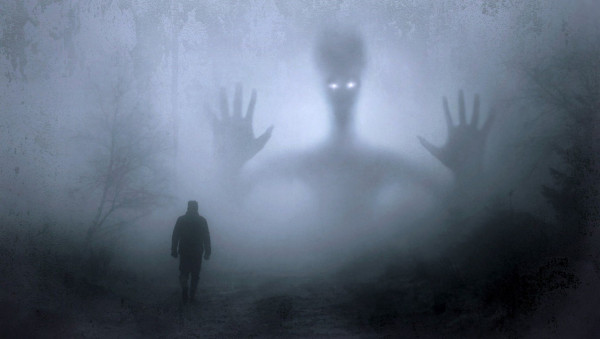
The entrance to Ustka harbour was very tricky, as there was a strong cross current and a considerable swell: Just like this!!
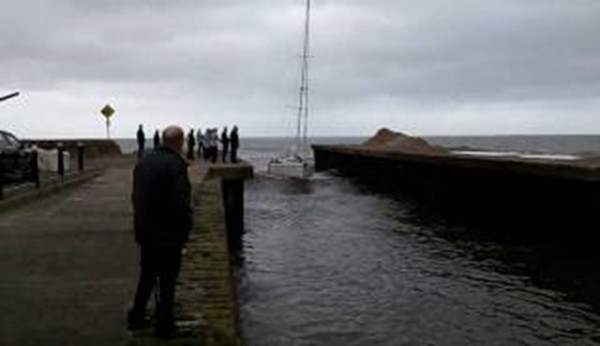
We crept in to the entrance, throttles and bowthruster at the ready, and moved up to the top of the harbour, where there was an office in the usual concrete building. There we were received by the harbour master, who seemed to have delegated powers to do all the passports etc stuff. He directed us to the other side of the harbour, saying something about a “yacht club” so with high hopes we went across to what turned out to be a fishing harbour. The yacht club had evidently been closed for years, if it ever existed! The “Clubhouse” was derelict, there were no showers, the bar was also wrecked. A quick walk around towards the town took us past the rail terminus, which to Don’s already sensitised imagination had all the appearance of the railhead for Belsen camp – there were derelict rail carriages, rusting lines and rubbish everywhere. Now to explore the town……!
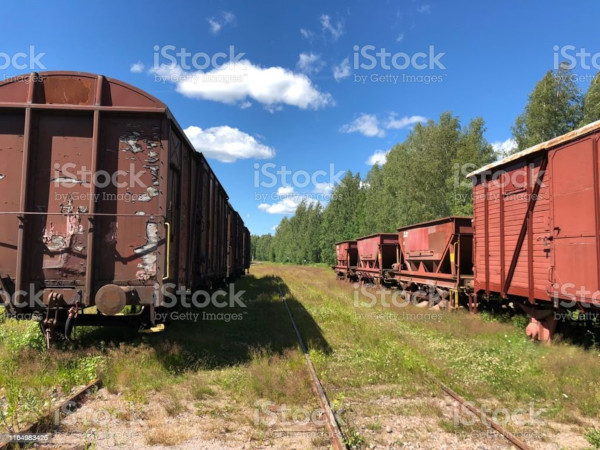
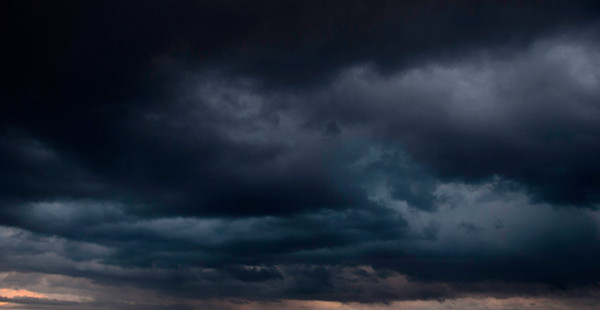
We strolled across the river and into the town, which showed the effects of neglect and lack of investment we had by now come to expect. But here was a restaurant in the town centre, so we went in the door. There was a woman behind a counter who showed no signs of recognition. So, we sat down. Nobody came to the table, so we waited – and waited. Eventually, Don went to talk with the woman at the counter. As far as he could gather we were personae non grata, and no service was forthcoming. We eventually left, feeling very rejected and pissed off.
The rest of the town was similar in impact. Nobody was interested in us – until we came across a small café, with a small cheerful woman just inside. She greeted us warmly and we learned that she served tiny pizzas, so we sat down and scoffed two each!! We then found a small market and were able to buy fruit, veg and some provisions.
Then, we went half a mile down the street across the river and past the “Belsen railhead”, past the fish harbour and to the boat, lying alone aganst the wharf. To cap it all, the weather became worse and worse, with strong winds and rainstorms, so it seemed we were stuck. After a few drinks it was decided to catch a bus to a nearby town. The view from the bus was hardly uplifting, but at least there were faint signs of rebuilding. The town had a museum!!! We went to the reception and were issued with huge mats to put on our feet and led to the first display room. There we were followed around by an expressionless, silent woman – and as we reached the entrance to the second room the lights went out behind us and there was another woman who followed us round again, until the third room. This bizarre ritual went on until we eventually shuffled to the exit, where we took off our foot mats. The whole performance was completed without a word being spoken! So, off into the town to seek the bus stop back to Ustka. We were walking down the street, talking loudly about the museum experience, when a young woman came up behind us. “You speak English?” she enquired. Then she said “I was born here, isn’t it a horrible place?!” She turned out to live in America and was visiting relatives. She also opined that anybody who came here on vacation needed their heads testing. We couldn’t help agreeing and eventually caught a bus back to Ustka.
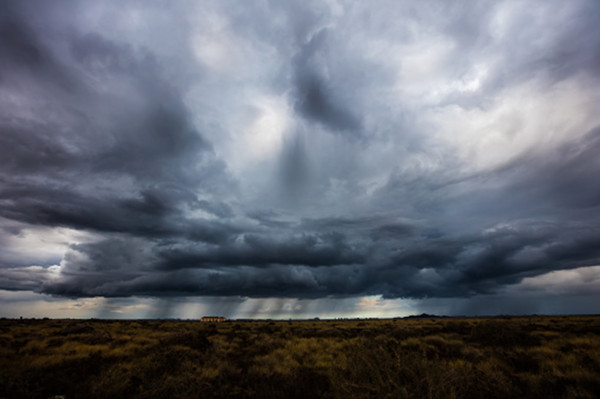
And so it went on for the next week, when there were early signs of the weather abating. Our met ace Bartlett agreed, so we went down to the harbour entrance and watched a fishing boat wallowing and rolling into the harbour mouth. So we decided to wait for a day. That evening, we were visited by a German yachtie, who seemed to be in a state of high anxiety. We found out very quickly that his yacht had missed the harbour entrance and run on to the beach, only being refloated at huge cost with a lot of local help. He wanted to know if all the Polish harbours were like this. So, we gave him a glass of wine, and took him through our harbour charts, pointing out the better one(!!). He eventually left, leaving behind a beautiful wooly cap, which we still have to this day.
Pray to all the saints, tomorrow will be better, and we can get out of this grim tip!!
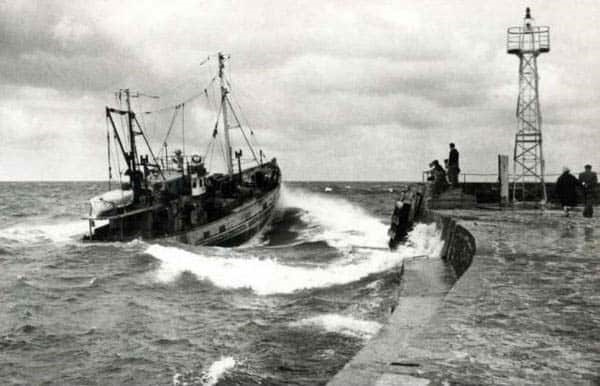
The morning was bright, our hopes were high, so we went through the usual Police bureaucracy and steered fast towards the harbour exit – and popped through! Next, we were knocked sideways by a steep swell, which grew as we proceeded. No worries! The swell reached the level of the top of the wheelhouse and the old boat loved it!! At last, it seemed to say, real seas not these pathetic Baltic wavelets!! So, we rocked and rolled our way towards Władysławowo (! Pronounce that).
“It was a great relief to be out of unfriendly Ustka and on our way to somewhere unpronouncable. The sea was mangeable, but we were much bothered by fishing gill nets, some of which were marked by buoys, some of which were not. So, as we rounded the corner towards the harbour, the entrance opened out, lo and behold, there were 3 German yachts moored up. So we tied up, and of course were visited by the usual trio of Customs, immigration and Police. But somehow they seemed more relaxed than at Ustka, as did the harbour master in his office . We soon realised that Vladi…… Was a holiday resort. Having conversed with a couple of German Yachties, who said they were bound eventually for Scandinavia via Lithuania, Latvia and Estonia. Long way to civilisation, said one !!
We strolled down to the beach for ice cream and chips and thus to drinks and bed, ready for the next day and Gdansk. One of the Germans gave us a chart showing the way into the Port of Gdansk, far larger and more complex than any of the ports we had visited so far.
Gdańsk
As we entered the wide channel towards the port of Gdańsk, passing a German cargo boat, we heard the captain of the big boat speaking to the port control in English, so we radioed port control and a very helpful voice talked us through a complex of channels and into a marina in the inside. This looked OK, a bit dilapidated, but it had an office, so we did the usual bureaucracy and signed in. The first feature we noticed was a wreck of a large motor yacht with a tattered Union flag on its stern. Apparently it had arrived some years before, the crew had left and never come back. We felt for them!! Also, there were few cruising boats in the marina, which was in poor repair.
The next morning we were struck by schoolboys waiting for a bus.. it was apparent they had cans of beer to drink whilst they waited!! There seemed to be no restaurants nearby, but there was a bus stop, so we caught a bus to Warsaw, which was also in the process of being renovated/rebuilt. Would be a very attractive city once rebuilt! We were joined by old pal Ian Hamilton who did a good job cheering Don up.
One morning on a fairly breezy day, it appeared all was not well with the harbour pontoons. In fact, the pontoon with several boats attached, was coming free of the concrete harbour wall that held it, so the boats were in danger of being crushed. This was a task for “Deneys Reitz” the old lifeboat. So we motored across, and with the help of friend Ian Hamilton, who was staying with us, tied the boat to the pontoon and drove it back to be at 90 degrees to the concrete wall. Hamilton then rushed to the office to alert the harbourmaster and staff, who, clearly drunk, staggered out, found a lot of stout rope, and sort of tied it up to the concrete wall. The first time an old lifeboat ever drove a harbour!!
Gdańsk Marina and town
The Marina was in easy walking distance of the town. Lots of people in the streets and a restaurant that served fried goose liver. But gradually it began to sink in that the police in the streets were decidedly sinister. Most of them tall, heavy booted young men, many with Alsatian dogs. Then it became apparent that if any people were behaving in a disorderly manner, they would be taken down a narrow side street and failed to reappear!
On our last night we were having a quiet drink, when a noise of loud music approached. It was a motor yacht with a small band playing noisily on the foredeck!
The skipper at the helm was enormously fat, and seemingly quite drunk. Also on the foredeck was a young man. It appeared that his job was to leap on to the pontoon, as the skipper rammed it, and take a rope. This bizarre ensemble played into the night, until the skipper evidently collapsed from alcoholic excess. We found out the next morning that they were on their way to a port somewhere so the trio could play at a concert. We doubted if they would ever get there!
The next morning, all was quiet on the musical yacht, and we went to pay our dues and leave for Klaipėda in Lithuania. As Don left, the manager said “Thank you for helping to mend the harbour!”
So, we wound our way through the port to wait for an hour for the arrival of the usual three variegated police and we were off to the next country, a long trip across the Soviet enclave of Kaliningrad to Lithuania…
Shadowed by a Russian Warship
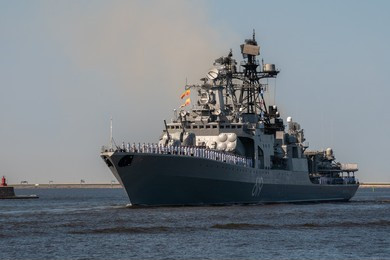
We were on our way, when a blip appeared on our radar, travelling fast. We assumed it was a ferry, but it rapidly became clear that it was a warship – and a Russian warship at that! It slowed and shadowed us for four hours. Charlotte had to navigate very carefully, lest we entered the Russian waters. We remembered tales of innocent cruising boats being arrested and taken in to Kaliningrad, having their boats stripped of valuables.
Kaliningrad
During the Soviet period, the Kaliningrad oblast or region, administratively part of the Russian Federation, was separated from the rest of Russia, more than 300km to the east, by the then Soviet republics of Lithuania, Latvia and Belarus.
Since Lithuania and Poland joined the EU in 2004 it has been impossible to travel between Kaliningrad and the rest of Russia over land without crossing the territory of at least one EU state. There has been friction, particularly with Lithuania, over transit regulations.
Kaliningrad is still of great strategic importance to Moscow. It houses the Russian Baltic Fleet at the port of Baltiysk and is the country’s only ice-free European port.
In 2013, Russia deployed short-range Iskander ballistic missiles capable of carrying nuclear warheads in the region, in what it said was a response to US plans to deploy a ballistic missile defence system in Europe.
So, we proceeded very carefully until the port of Klaipėda, Lithuania hove into sight on the horizon. The entrance to Klaipėda harbour was half-blocked by a large wreck, hardly a warm welcome! The water was bright green, not a healthy colour, more like green slime.
But we motored up the harbour to what seemed to be the reception and customs wharf, which was crowded with people fishing. So we smiled in a friendly fashion and held out our ropes for people to tie us on. Nobody offered!! They just backed away!!
Then a trio of young people appeared, and having seen our flag, took our ropes and then wanted to explore how they could come and work in London when they had finished their degrees. We were having a warm conversation when two official vehicles approached. The usual police and customs reception committee. At the sight of the official vans, the young people simply melted away, lest they were seen talking to us!!
We had to assist the officials on to the boat, as the official wharf was so rough, causing the risk of serious damage to our hull. This trio were younger than the Poles, but if anything grimmer and more unfriendly, if that was possible!
Having gone through the usual rituals, we were dispatched across the slimy harbour to the “Yacht Club” This turned out as usual to be derelict, with the addition of bits of plastic boat scattered about. The “club manager” spoke no English, but kept kissing Charlotte’s hand and exclaiming “No Problemi” There were no showers, no washing facilities and if there had been a bar and restaurant, they were derelict! So we tied up in the most secure place we could find, as far as possible from the lines of men standing all the way down the harbour with fishing rods, fishing for God knows what in the slimy waters. Next day we paid the harbour dues and once again wended our way across the harbour to the customs/police wharf. As usual there were three grim officials, who were sitting at the cabin table in the boat. All of a sudden a fast tugboat tore past, causing an enormous wash. Charlotte and Don rushed outside to fend the boat off the rugged, sloping wharf. Down below it projected the kettle full of hot water with which Don wanted to make tea for the crew straight into the lap of one of the police. He leapt up describing it as “a catastrophe”. “You are damned right”
said Don “The whole bloody reception and so called Yacht Club are all a catastrophe!!”
We leave Klaipėda
Having had our crew list, passports, boat identification and other documents closely inspected and stamped – and failed to purchase diesel, we set off in the direction of Liepāja in Latvia. On arrival, things seemed somehow more relaxed. But we passed a row of rotting fishing boats on the way to a genuine boat club with three Finnish boats tied up. Then appeared a young man to greet us! He helped us to fill in the usual forms and then suggested we might like to do some shopping!! A small supermarket supplied most of our needs – even had some wine! Then he drove us round the town, which was sadly neglected. There were some very large decaying houses, which the agent said had belonged to Russian officers. We quizzed him about his work. He said he was yacht agent for the few foreign cruising yachts, was involved renovating one of the big houses and “selling foreign cars”. We later learned these had been stolen in Germany!
He was happy to arrange the supply of fuel and asked to see the documents for the company that owned our boat. When we said it was owned by us he declared that unless it was owned by a commercial organisation, then no diesel. So… we contacted our friend Pat Scott in England and she made out a letter heading for her company and set out a demand for fuel, which would be received by her employee, Don Young!! This worked the trick and he drove us to a heavily fortified area, and spoke with a very sinister man dressed all in black, with dark shades. He said it was better we stayed in the car whilst he negotiated the best price (for him we guessed)
So, we took the boat round to the pontoon of this fortified area, which we guessed was Russian owned, and were refuelled by some really charming people, who came on the boat and when finished gave us a large bottle containing the chemical composition of the fuel under our company letter heading!!
The overriding impression we had of Latvia was that despite the decay and dereliction, it was gradually emerging from the dark shroud that had blanketed Poland and Lithuania. But the remnants of the Soviet occupation still remained, in particular:
- A huge derelict Russian barracks together with massive housing estate for officers, also derelict
- A Russian Cathedral, also derelict with Onion style topping
- Rather less evident to the eye, a large Russian population, planted by the Soviet Union, and a cause of strife and violence
- Obvious Russian enclaves, like the fuel depot, guarded by Russians, including the “man in Black”

The shroud begins to open a little
Latvia was completely different to Lithuania and Poland. The authorities seemed more relaxed, except for the obvious remnants of Russian occupation and the closed areas, obviously owned by Russians.
But our arrival in Estonia was a revelation – and we learned the reason was its proximity to Finland. The language was close to Finnish, and in general the behaviour of the authorities was quite relaxed. Don nearly fell over when he approached the harbour master and hesitantly enquired if he could buy some fuel. “Sure”, said the harbour master, pointing at a fuel pump on the wharf. “Help yourself and pay me”
So, our next port of call was Finland. We sailed across the Gulf of Finland to Helsinki. On arrival, we tied up at the customs pier and telephoned, expecting a posse of police. Instead there came a young man in uniform, clutching a sheaf of papers. Oh God thought Don, here we go. The “papers” turned out to be tourist brochures. “Welcome back to civilisation” said the young man, having heard from where we had come!!
Summary of our experiences
We arrived in the ex-Soviet countries in all innocence, and found communities which had been seriously scarred by occupation and previous Nazi barbarism. The physical effects were dramatic , revealing decades of neglect. The contrast between East Germany and the West was dramatic and Poland, Lithuania and Latvia all showed the signs of occupation. But in Poland and Lithuania , the behaviour of the authorities in 2000, was extremely unpleasant and controlling . This could be contrasted with Estonia which reflected ten years of Finnish influence.
What was evident in the whole ex-Soviet territories was the presence of ex-Russian enclaves like the fuelling enclave in Latvia and the barred off area full of large luxury yachts in Estonia.
So we return to the behaviour and influence of Russia on its neighbours, in particular on the Ukraine, which has become a democratic Western European nation, with the unfortunate accident of being close to Russia.
The behaviour and essence of modern Russia can be seen daily in the news.. The following is taken from an article in Prospect magazine by Rafael Behr:
“Alexandr Solzhenitsyn wrote in the “Gulag Archipelago:” “In keeping silent about evil, and burying it so deep that no sign of it appears on the surface, we are implanting it, and it will rise up a thousandfold in the future”
“Putinism is the harvest of a vindictive cruelty that was sowed when Russian politics recoiled from any sustained reckoning with the crimes of the Soviet Union. In place of atonement and reconciliation was built a cult of victimhood and vengeance. The hope for a different Russia is in those people who remember the truth and pass it on to their children, whose defiant grip on reality holds out against the totalitarian abyss. They are resistance to Putin’s nihilistic war, and they are relatively few and powerless today, which is why their voices need to be amplified. Their courage – their very existence – has to be illuminated, or the future of Russia is only darkness”
We experienced the After-effects of Soviet oppression.
Let us give all our support and succour to Ukraine, lest it becomes another victim of the “Dark Shroud”.

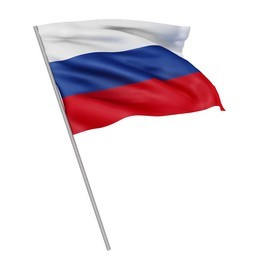
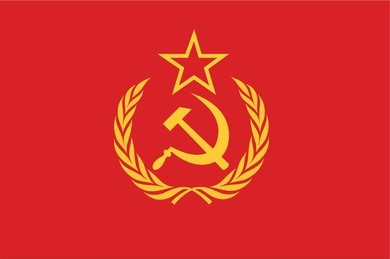
What do I do now?
When you have read a lot of this website, you may want to think next about what you can do about the grim situation that is described. It is very clear that these frightening changes and destructive forces have been developing over a very long period and that it will take a massive collaborative effort to alter the way things are going.
But you may say “What can I do to try and stop a complete catastrophe? I am just one person with very little power to influence.” But all changes come about because people talk to other people; they have discussions; they discover the facts; they come to conclusions; they create common opinions; they influence people with power; they vote for better policies; they take actions together like stopping buying drinks sold in plastic bottles; so they use their economic power to buy or not buy, to take this job not that one, to vote for this politician or support that campaign, to become persuasive with their friends and family.
But all this has to start with being very honest with ourselves – are we really doing as much as we could to stop the destruction? Are we supporting people who do the right thing? Are we really trying to understand all the facts, the science, the psychology, the politics and the world around us?
So we have put together some ideas that might help to get you started.
HOW DO YOU USE THE POWER YOU ALREADY HAVE?
- How do you spend your money?
- Clothing – new fast fashion? Pre-owned? Quality and style that lasts a long time? – What impact does your buying have? Can you really afford it? What about the people who make it?
- Food and drinks – do you know where it comes from? How many food miles did it travel to get to you? How many manufacturing processes did it involve? What impact do various ingredients have on the planet? How is it packaged – plastic or recyclable/ how many layers? Again what about the people involved in making it?
- Holidays and travel – what impact do you make with your journeys? What sort of emissions did your travel create? Do you feel that your holidays are making things better or worse for the planet?
- Are you old enough to vote yet? If so, do you really find out about candidates? What policies have they supported? If you don’t know, find out how you can discover this.
IS IT WORTH TRYING TO INCREASE THE INFLUENCE YOU HAVE ON OTHERS?
- Do your friends vote? Do you support reducing the voting age in the UK to 16? How could you persuade people to take this idea seriously?
- Why do you think there is a lot of evidence that more women than men support environment-friendly policies and parties? What are the implications of this? Does it suggest anything that you should be try?
- Do you get into discussions with your friends and family about environmental and climate issues? When somebody expresses an opinion that seems wrong, what do you do?
- What do you read to keep you informed? Do you regularly try to find out the facts rather than just agreeing or disagreeing with other people’s opinions?
- Do you join groups that are doing positive and useful things?
WHAT DO YOU THINK MAKES PEOPLE HAPPY?
There is now quite a lot of research that explores this subject and here are 2 particular animated cartoons that explore this:
See these and try to work out what you understand about people, happiness and human behaviour. You will find that some of the things that are commonly believed are simply not true. Celebrity and great wealth do NOT make people happy. So what does? Make up your mind after watching these short films.
Once you get going on thinking and talking about this, you won’t need somebody else asking you questions. You will have many questions of your own. You may be talking seriously to friends and family about this enormous subject. Keep talking! Keep asking! Keep thinking! Keep trying to change the world! It won’t change without your help!!
Name & shame
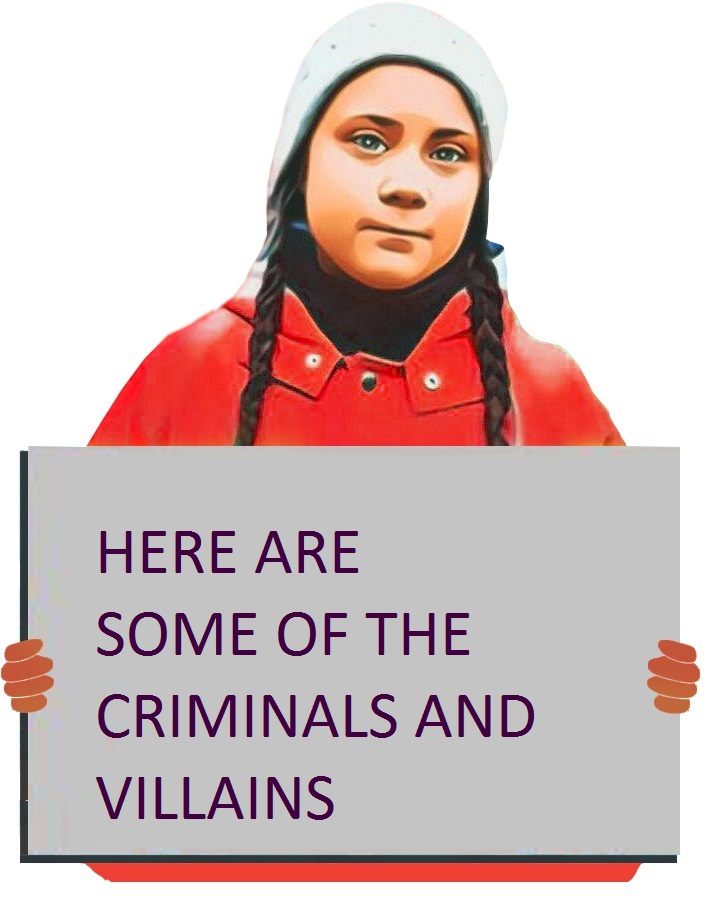
Let’s get real!
Climate Change facts;
Test yourself!
- Which are the biggest polluters?
- How do polluters get their own way?
- How do big companies influence governments?
- How does informal political influence work in Britain?
- How to tell the difference between “Good” and “Bad” businesses?
- What are the effects of Global Warming?
Please help US!!
Top 5 most polluting countries
- China (30%) The world’s most populated country has an enormous export market, which has seen its industry grow to become a serious danger to the planet. …
- United States (15%) The world’s biggest industrial and commercial power. …
- India (7%) …
- Russia (5%) …
- Japan (4%)
The top six largest coal-producing countries in the world
- China – 3.7 billion tonnes. …
- India – 783 million tonnes. …
- United States – 640 million tonnes. …
- Indonesia – 616 million tonnes. …
- Australia – 550 million tonnes. …
- Russia – 430 million tonnes.
- China leads the way among the world’s top coal-producing countries by far, but several other regions account for significant output of this much-used resource

The world’s largest coal-producing countries have delivered a resource to global markets that has powered industrialisation, through thermal electricity generation and as an ingredient for manufacturing processes like steelmaking.
While climate concerns and efforts to decarbonise the global energy system have diminished coal’s stature in recent years, it nevertheless remains the biggest source of the world’s electricity generation – accounting for 38% of the overall share in 2019, according to the International Energy Agency (IEA).
Coal production has risen year-on-year since 2016, and global coal reserves have been measured at more than one trillion tonnes.
IEA data indicates total world coal production topped 7.9 billion tonnes in 2019 – its highest since 2014 – growing at an annual rate of 1.5%, which was half the rate of recent years. Thermal coal and lignite made up around 86% of this production, and the remainder was metallurgical coal.
Latest estimates for 2020 suggest a 6.5% annual decline in global output as a result of lower demand during the coronavirus pandemic, although a rebound to 7.6 million tonnes is expected in 2021.
Fast fashion produces over 92 million tonnes of waste a year, study finds
Twenty firms produce 55% of world’s plastic waste, report reveals
A recent report reveals for the first time the companies who produce the polymers that become throwaway plastic items, from face masks to plastic bags and bottles, which at the end of their short life pollute the oceans or are burned or thrown into landfill.
It also reveals Australia leads a list of countries for generating the most single-use plastic waste on a per capita basis, ahead of the United States, South Korea and Britain.
ExxonMobil is the greatest single-use plastic waste polluter in the world, contributing 5.9m tonnes to the global waste mountain, concludes the analysis by the Minderoo Foundation of Australia with partners including Wood Mackenzie, the London School of Economics and Stockholm Environment Institute. The largest chemicals company in the world, Dow, which is based in the US, created 5.5m tonnes of plastic waste, while China’s oil and gas enterprise, Sinopec, created 5.3m tonnes.
Eleven of the companies are based in Asia, four in Europe, three in North America, one in Latin America, and one in the Middle East. Their plastic production is funded by leading banks, chief among which are Barclays, HSBC, Bank of America, Citigroup and JPMorgan Chase.
The enormous plastic waste footprint of the top 20 global companies amounts to more than half of the 130m metric tonnes of single-use plastic thrown away in 2019, the analysis says.

Top ten largest oil-producing countries in 2019
1. United States – 17 million barrels per day
The US is also the world’s top natural gas producing country, a status again helped by the emergence rise of shale fracking technologies.
2. Saudi Arabia – 11.8 million barrels per day
The Kingdom of Saudi Arabia occupies second place on this list of top oil-producing countries, with a national output of around 11.8 million bpd in 2019 – 12.4% of the global total.
3. Russia – 11.5 million barrels per day
Russia produced around 12% of the world’s oil supply in 2019, measured at just above 11.5 million bpd.
Like Saudi Arabia, the country is a significant exporter of oil to global markets, and is the de facto leader of a group of countries allied to Opec,
Most of its exports are sent to China, as well as key European markets including the Netherlands
4. Canada – 5.6 million barrels per day
Most of Canada’s oil – around 97% of it – is contained within oil sands in the western province of Alberta. After Venezuela and Saudi Arabia, Canada has the world’s third-largest known oil reserves.
Almost all of the country’s exports are sent to US markets – roughly 3.7 million bpd in 2019.
5. Iraq – 4.8 million barrels per day
Iraq pumped just under 4.8 million bpd in 2019, taking fifth place on this list of the largest oil-producing countries. It is a founding member of Opec.
6. United Arab Emirates – 4 million barrels per day
The United Arab Emirates (UAE) has grown in stature as a global oil producer in recent years, and in 2019 hit an output of around four million bpd.
The state-owned Abu Dhabi National Oil Company (Adnoc) controls much of the UAE’s oil reserves, although partners regularly with foreign, private-sector companies in upstream operations.
Oil exports – many of which head to Japan – account for around 25% of the UAE’s gross domestic product (GDP), and the country has been a member of Opec since 1967.
7. China – 3.8 million barrels per day
China produced slightly above 3.8 million bpd in 2019, accounting for a 4% share of the global total.
Production in the country is dominated by large, state-owned companies, including China National Offshore Oil Corporation, Sinopec and China National Petroleum Corporation.
8. Iran – 3.5 million barrels per day
Iran, which is a founder member of Opec, accounted for around 3.7% of global oil production in 2019, with national output totalling more than 3.5 million bpd.
Despite holding almost 10% of known international oil reserves, strict economic sanctions imposed in response to its nuclear weapons programme have prevented the country from maximising the commercial potential of its oil wealth.
9. Kuwait – 3 million barrels per day
Sandwiched between Saudi Arabia, Iraq and the Persian Gulf, Kuwait is among the world’s most significant oil-producing countries, despite its small size.
10. Brazil – 2.9 million barrels per day
Brazil is the only Latin American country on this list, and accounted for around 3% of global production in 2019 with an output of around 2.9 million bpd. The country ended the state monopoly of its exploration and production (E&P) industry in 1995, and its proved oil reserves and rate of production have increased steadily since. State-backed company Petrobras remains highly active in Brazil’s domestic oil industry.
Control of the Media
These 6 corporations control 90% of the media outlets in America. So much for the illusion of choice and objectivity…..

POSTED ON SEPTEMBER 18, 2020

Elite is a word we use in our daily conversations but few people probably know the origin and the history of the word. Elites (French élite, from Latin eligere, to select or to sort out) are a small group of powerful people who hold a disproportionate amount of wealth, privilege, political power, or skill in society.
This elite class, which also includes the Big Tech companies, now controls what we read, watch, or listen to. There is even a new browser extension tool that shows how the Big Tech giants are invading your privacy by tracking your every move online.
Today, their impacts are more felt in our online news intake and media consumption habits. 37 years ago, 50 companies control the media in America. Fast forward to 2011, American news outlets are controlled only by 6 powerful corporations. Back in 2018, Jim Morrison, a singer, songwriter, and poet, who served as the lead vocalist of the rock band, once said: “Whoever controls the media, controls the mind.”
He was right. Today, Americans think they have an unlimited variety of entertainment and media options right at their fingertips. But it is all a lie. This illusion of choice was fabricated by the media elites. In the early 90s before the mainstream adoption of the Internet, the media landscape used to be simple and straightforward. Today, 6 media giants control a whopping 90% of what we read, watch, or listen to.
Objectivity in journalism is an illusion created by the elite class to give the appearance of balanced news. However, there is no such thing as unbiased news. Journalists who work for these six corporations answer to their owners and ultimately serve their agendas. For example, no logical thinking person will expect Washington Post to write a fair and objective story about its owner, especially a story that Jeff Bezos reportedly cheated on his wife. The point of all these is that the media outlets don’t necessarily serve the interest of the people they control, instead, they serve the interests of their owners.
Lobbying and “Chumocracy” – a British Disease

What does a tax-avoiding, polluting, privatising corporation have to do to get its way with the British government? “We all know how it works,” said David Cameron of lobbying. But do we? Lobbyists are the paid persuaders whose job it is to influence the decisions of government. Typically, they operate behind closed doors, through quiet negotiation with politicians. And the influence they enjoy is constructed very consciously, using a whole array of tactics.
Lobbyists operate in the shadows – deliberately. As one lobbyist notes: “The influence of lobbyists increases when it goes largely unnoticed by the public.” But if the reasons why companies lobby are often obscured, it is always a tactical investment. Whether facing down a threat to profits from a corporate tax hike, or pushing for market opportunities – such as government privatisations – lobbying has become another way of making money.
“Chumocracy”
The great global hope raised this week by news of successful trials for a Covid-19 vaccine interrupted a very British row about the head of the UK’s own vaccine efforts, who was appointed in May and reports directly to Boris Johnson.
As Kate Bingham, chair of the vaccine taskforce, came under sustained scrutiny over the £670,000 budget she had allocated for public relations consultants, attention switched from her suitability for the role to her connections to the Conservative government.
Managing partner of a private equity firm, SV Health Investors, involved for 30 years in pharmaceutical investment, she is also married to a Tory MP, Jesse Norman, who was at Eton College at the same time as Johnson, and she went to private school with Rachel Johnson, the prime minister’s sister.
Bingham’s appointment shares similarities with that of Dido Harding, to head the NHS test and trace operation in May. She was made chair of NHS Improvement in 2017 after an open recruitment process, her CV gleams with executive experience, and also opens a window to a small world of Conservative connectedness. Married to the Tory MP John Penrose, she was given a peerage in 2014 by David Cameron, a friend, and sits in the House of Lords as a Conservative.
Neither Bingham nor Harding are being paid for their roles, but critics complain that two central pillars of the pandemic response, vaccines and testing, are being led by two well-connected executives appointed without an evident formal process.
A racehorse owner and keen rider, Harding was in 2004 appointed as a member of the Jockey Club, which gave the local Newmarket MP and current health secretary, Matt Hancock, another horseracing enthusiast, honorary membership of its prestigious rooms, shortly after he was first elected, in 2010.
The anti-establishment claims of a government led by Johnson and Dominic Cummings were always audacious, and in the appointments and contracts awarded during the pandemic, the shape of a Tory establishment has come into focus. Critics are calling it a “chumocracy”.
A Quick Guide to help tell Good Enterprises from the Dangerous ones…
First, be suspicious of enterprises or businesses that:
- Make money out of speculating with money, for example currency and money dealers
- Enterprises that buy organisations to strip them down , load them with debt and sell them on, for example Private Equity
- Financial enterprises that aim to maximise their profits in the short term
- Organisations that reward their owners or managers excessively eg pay more than 20 times the average pay of employees
These kinds of organisations and enterprises are likely to be good for Society and the Planet:
- Enterprises whose primary purposes are to enhance the well-being of the Community and which Re-invest most of their profits – for example Social Enterprises
- Businesses whose stated and practised primary purposes are to serve their Customers, Staff and the Community before their financial investors
Greta Thunberg: ‘Only people like me dare ask tough questions on climate’

And at the 2019 UN climate summit in New York, an infuriated Thunberg told delegates:
“People are dying. Entire ecosystems are collapsing. We are in the beginning of a mass extinction, and all you can talk about is money and fairytales about eternal economic growth. How dare you!”
Helga’s Introduction
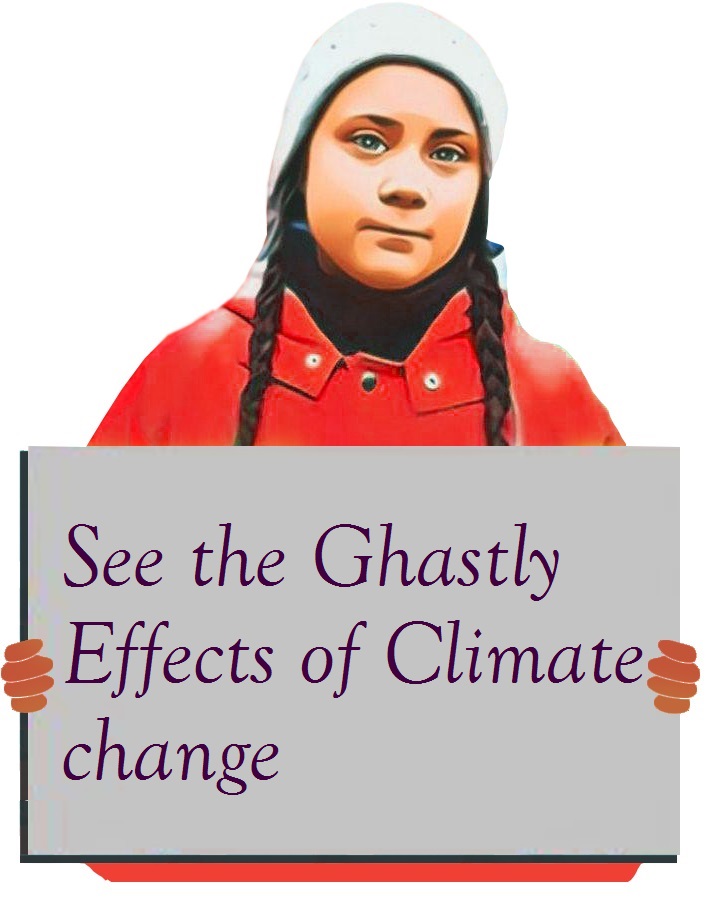

Dear Readers……
I know this diagram is very complicated, but it is important to understand how Climate Change and Global Warming work and how they are Destroying the Planet. It starts with:
- Fossil fuel consumption, coal; and oil
- The effects of intensive agriculture and
- Deforestation
Then: Creation of VERY NASTY Greenhouse Gases
- Carbon dioxide, Methane, Nitrous Oxide, Water Vapour,
Giving rise to Global Warming and Climate Change.
This in turn leads to Highly Negative Environmental effects:
- Destruction of habitats, killing animals, trees, seas
- Collapse of ecosystems, which support us all
- species extinction and loss of biodiversity and
- Reduced sunlight reflection,
- Melting permafrost, ‘specially in the Arctic
And an intensification of extreme weather events
- Heat,
- hurricanes,
- floods,
- droughts and
- wildfires
Causing Glacial and ice sheet melting, freshwater loss and desertification, (deserts where there was once farmland); Coral bleaching, sea level rises and coastal submersion – and serious declines in fish stocks
Then, an increase in pest propagation, and disease carriers.
All of this has in turn disastrous Effects on Humans
- Direct impacts on Health
- Flooding of cities and farmland
- Crop failure and loss of farmland
- Starvation, migration and conflict
- Direct physical harm caused by extreme weather events
So, dear readers, you can go on to browse the section which has lots of interesting and terrifying pictures!!
What can be done
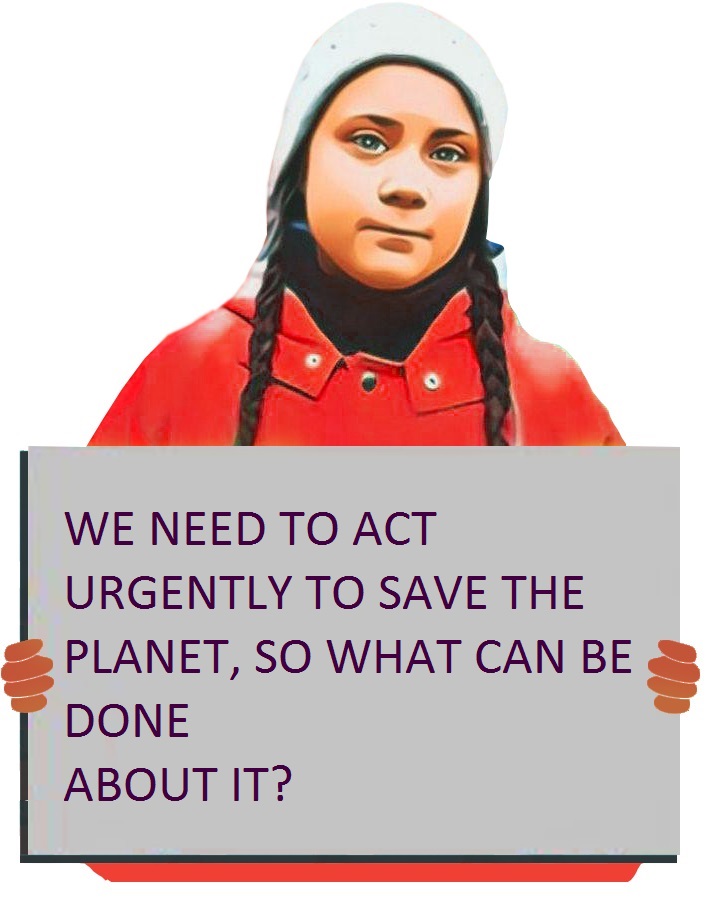
“I’m putting a lot of my introduction in capital letters and underlining some because I feel so strongly about it. And maybe some people will listen.” If they don’t “HOW DARE THEY”…..
The FREE MARKET:
- STOPS GOVERNMENTS FROM REGULATING THE ECONOMY
- ALLOWS BIG BANKS, RICH PEOPLE AND COMPANIES TO DO AS THEY LIKE
So; INEQUALITY GROWS:
THE RICH GET RICHER
THE POOR GET POORER
- People live in squalour, eat bad food or suffer gross hunger, have terrible housing, lose the ability to participate in political policy
- BUT EVEN WORSE, the rich support Growth economics on the “Theory” that when the rich get richer , some will ”Trickle Down” to the poor and less fortunate.

- ECONOMISTS AND MANY POLITICIANS MEASURE SUCCESS BY GROWTH.
- This is completely wrong: Constant growth will wreck the planet. It causes greenhouse gases, excessive waste – and climate change will destroy agriculture.
- The only long term solution is to make the super-rich give some of their wealth to a world fund that will even out living standards without needing excessive economic growth. A balanced world economy will be a healthy one.




To Start, some relevant poetry:
Wordsworth
The world is too much with us; late and soon,
Getting and spending, we lay waste our powers;—
Little we see in Nature that is ours;
We have given our hearts away, a sordid boon!
This Sea that bares her bosom to the moon;
The winds that will be howling at all hours,
And are up-gathered now like sleeping flowers;
For this, for everything, we are out of tune;
It moves us not.
Awareness About Our Environment, By Sylvia Stults
Broken bottles and charred pieces of glass,
Wadded up newspapers tossed on the grass,
Pouring of concrete and tearing out trees.
This is the environment that surrounds me?
Poisons and insecticides sprayed on our food,
Oceans filling with thick oil crude.
All sea life destined to a slow, awful doom.
These are the things we are to consume?
Mills pumping out iron, expelling yellow fumes,
Airlines emitting caustic gases from fuels,
Weapons of destruction tested at desolate sites.
And this is the air that’s to sustain life?
There has to be something that someone can do,
Like raise the awareness to those around you
That if we don’t heed the problem at hand
It’s your life that’s at stake, the destruction of man.
Global Warming – What can be done about it?
First: Links:
This website has its origins in “Having Their Cake”, which has a different style, being concerned to explore issues affecting human society in considerable length and depth.
A link to this site for those who are interested in reading in more depth is: www.havingtheircake.com
Well worth looking through are:
“Climate Change is Real” and “The Planet under Stress; we live in interesting times”
Climate Change Guidance
Most advice aimed at individuals seems to concentrate on advice that is fine for relatively wealthy middle-classes: people with cars, houses and a large domestic budget……BUT : What about the super-rich and the poor and needy??
| Continuous Economic Growth is unsustainable |
|---|
| • It mainly benefits the rich • The planet will not support any more |
The richest one percent of the world’s population are responsible for more than twice as much carbon pollution as the 3.1 billion people who made up the poorest half of humanity during a critical 25-year period of unprecedented emissions growth. Annual emissions grew by 60 percent between 1990 and 2015.
So, put simply, the rich part of society created most global warming, the poorer parts of humanity, which includes many younger people, suffered from it!
Here are some underlying factors that will need to be addressed:
The Free Market
Under the leadership of President Ronald Reagan and Premier Margaret Thatcher, Britain and America embarked on a long experiment to use the Free Market run the economy and for government to be shoved to the background. To some, this seemed like a new paradise, but progressively beneath the surface, a number of sinister trends emerged:
- The rich grew richer and the poor became poorer
- The banking and finance sectors grew to be dominant
- The ability of the State to be a partner with finance and industry was severely diminished
- Climate Change became pushed back in the queue behind making money
Thus Britain and the United States, the two countries which have severely diminished abilities to tackle the Coronavirus pandemic and climate change are also two of the countries most afflicted by Free Market dogma.
| Free market economics is killing The Planet: |
|---|
| • Causes gross inequality • Fuels unsustainable growth • Undermines good government |
He believed that if he supported the banking and finance industries, then the growing taxation take would enable him to spend more on social services, education and health. Alas, the feral nature of banking meant that the sector grew stronger and stronger, eventually leading to the global financial crash of 2007/8, the fall of his government – and a programme of “Austerity” under the following right wing- government which destroyed everything that Brown held dear!!
The Free Market is failing. Governments are Crucial if we are to defeat Global Warming!!
What should governments DO?
Hard Lessons from Coronavirus
The Coronavirus Pandemic has had the most devastating effects in those rich societies that depleted the capacity of government to lead a national response and co-ordinate actions to protect the population. Thus the United States has been almost overwhelmed and Britain is not far behind. It is not by chance that they have been led by free market ideologies.
Democracy and Climate Change
The United States
| Just think……. |
|---|
| If the richest 1% of people and organisationspaid 05% more tax, it would create 120 million Jobs in Care, Education and Health |
The Coronavirus has taught many in Democracies about the ability of governments to act to protect the population. In America, a sort of Democracy, probably overridden by the free market, it seems impossible to induce many in the population to even wear a face mask, to protect themselves and others from airborne viruses.
Now imagine vast government led programmes to reduce inequality, radically improve public health, regulate agriculture, especially red meat consumption, build safe houses for the poor!! In America, civil war would be a real risk!.
So, what can be done?? For a start:
- Allow matters to become so bad and publicise the effects on fellow citizens
- Hope for the election of Social Democratic, middle of the road governments, which are capable of providing thoughtful, insightful leadership. Wish granted!!? The Biden Democratic Party has been elected!!
- Amend the Constitution to recognise that climate change is a contemporary challenge, not experienced in the eighteenth century (maybe consider gun ownership too, to reduce the slaughter of Civil War!!)
- Recognise that international action is necessary and that countries which act to reduce global warming are rewarded/ punished by strong international bodies
Things that need to be done to make a start
- Build millions of Secure, well- insulated homes. This can only be done with massive government support, as was done in Continental Europe and Britain after World War Two. The private sector and free market will never cope.
- Elect/appoint more women to positions of authority. Women are generally more likely to create collaborative eco-friendly environments
- Give young people the vote from the age of 16. Young people are more likely to understand how the Planet is being destroyed and , how wars are making a contribution to that destruction
- Educate, educate, educate, educate – and make sure education systems enable people to apply critical appraisal to the problems of the Planet and the words and actions of people of power
- Recognise that strong, executive international action is necessary. Reward those nations that contribute towards saving the planet – apply sanctions to those that will not
- Massively invest in renewable energy, create international renewable energy market – with international “grids”
- Ban coal-powered energy generation, close and seal coal mines and open-cast quarries
- Clamp down on fast-fashion and disposable clothing. Promote simpler lifestyles, smaller electric cars, less foreign air travel, for work and leisure
| Hope lies with young People. They should Be empowered Give them the vote At 16 years of age |
- Encourage community activities: growing food, fruit and vegetables, giving support to the more needy
- Establish Community Investment funds, and make sure that the rich put in a proportion of their wealth
- Devolve real authority to regional and community governments to build Climate Change strategies and plans
- Give massive support to Social Enterprise and Charities which are some of the best able organisations to foster local and community activities
- Expose Climate change deniers, and individuals/ governments that negatively affect the environment
- Act to make the rich make a full contribution through rewarding involvement in community service
- Clamp down on tax evasion and hiding wealth from society. Create strong and executive agencies with international powers
- Constrain diets in rich countries: promote better diets in poor countries – make the rich contribute
- Limit numbers of children – educate women
- Contain the powers of huge corporations. Clamp down on political contributions from corporations, wealthy institutions and individuals
The Most Important and Most Challenging Task of All….
Destroy the Growth Obsession. The world has been in the grip of a deeply held obsession for several centuries – that Economic Growth is an overriding Aim of mankind.
In the 21st Century, this obsession is having a wide range of evil effects:
- It fuels the illusion that growth will enrich the world, and that wealth will “trickle down” from the wealthy to poorer elements in society, thus reducing poverty.
What growth actually does is cause environmental destruction, and the growth promoters’ partner in crime, the Free Market discourages effective regulation of economic activity and environmental destruction.
The combination of obsessions with growth and letting the rich and powerful free of constraint has actually had the reverse effect of “trickle down”. In fact; it has created whole communities of deprivation in rich countries such as the UK and USA, as has been seen in the recent US Presidential election.
Growth and “Trickle Down” will have to be replaced by “Living within the Planet’s Means” and radical rebalancing of economic wealth within developed countries and across the World. This is the huge challenge facing mankind if we are to steer away from Destroying the Planet and many of its lifeforms, including humans.

LAST WORDS to Younger People who hold the future in their Hands…..
“There is good evidence to show that many, many young people are suffering from the Covid Pandemic and all the bad side effects on education, social life and employment. Many younger people want to see a different sort of society emerge from the Pandemic. With more caring for friends,neighbours, poorer people, and those who are suffering from social exclusion. Connected to this is a growing disgust with fast fashion, big money, greed and ruthless competition to “Win”. We must make our voices and values heard across the world. This is absolutely important, because endless growth and a lack of care for the natural environment will end up creating a world which is disgusting to live in and will “Destroy the Planet”.”
“Helga”, a friend of Greta
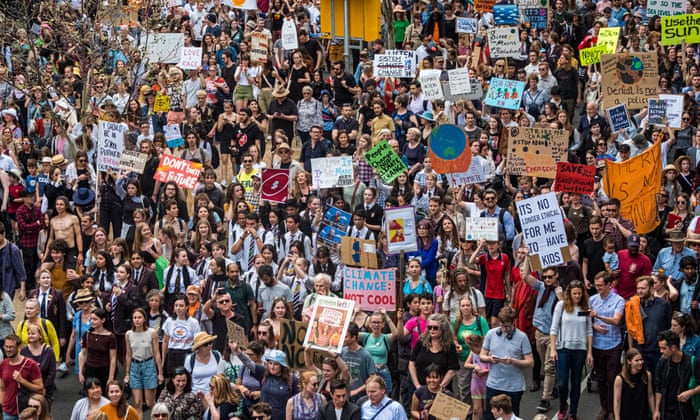
Why Do We Do It?
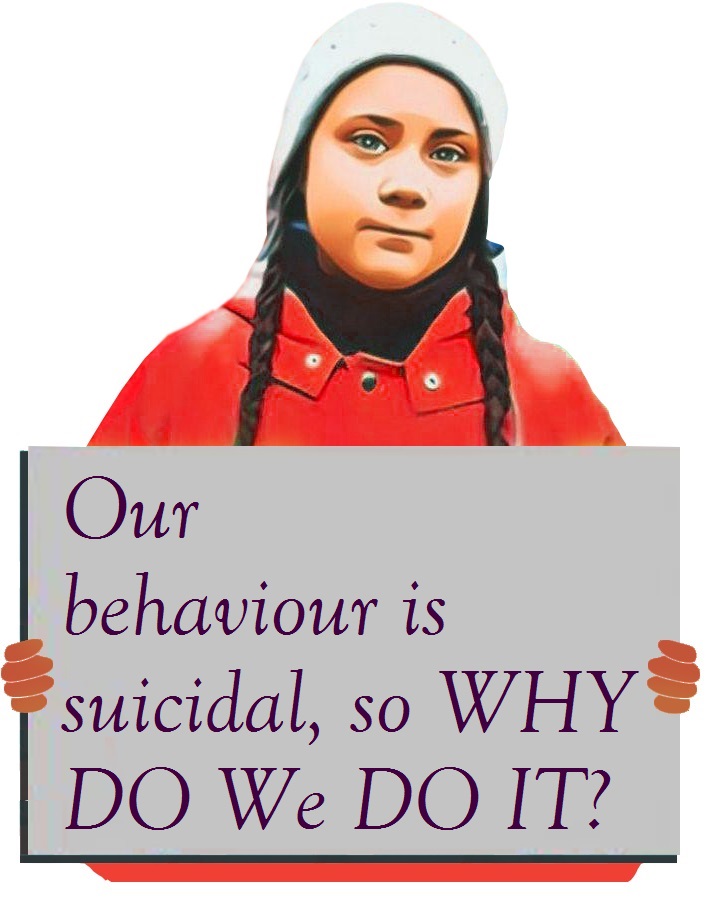
Why do We Do it?
Why do we humans behave so that we are likely to “Destroy the Planet” as a place where people can live in peace and have good lives? Why do a small number of people have lives of plenty, some gross over-indulgence – whilst a majority live in conditions of near starvation?
I will try to explore “Why We Do It” as clearly as I can, but it may get a bit complicated. At the end of this website, there will be some questions and challenges which you might discuss with your friends – and your teachers, parents and other “adults”.
In this section we will explore human psychology and behaviour and what lies behind our actions (or in-actions).
Just to summarise:
- There are many, many good people in the world, who want to do the best for the planet, but can become confused about how they can do it
- There are also many BAD people, organisations, politicians AND ADVERTISERS, which want to serve their own interests, be they making obscene amounts of money, telling lies, pretending they are doing good, whilst hiding their evil deeds; setting out to persuade other people to lead lives of gross indulgence, taking power from the mass of the populace – and causing confusion.
When the Bad people interact with the GOOD majority, we can end up with a sort of “Pretend” state in which we believe that good things are happening, whilst behind it all, hidden from view, not much is changing at all.
I will give you an example:
Many big oil and gas corporations, banks and others pretend that they are dedicated to reducing their carbon emissions – but hidden from view are involved in producing Massive amounts of throw-away plastics. Just 20 organisations are supporting the production of more the half the plastics in the world. Think: ExxonMobil, an oil company, is dedicated to reducing carbon emissions BUT produces just under SIX Million tons of plastics
From their annual report 2020: “ExxonMobil said today it plans further reductions in greenhouse gas emissions over the next five years to support the goals of the Paris Agreement and anticipates meeting year-end 2020 reductions.
So let’s go forward with good intent – but retain a healthy scepticism about what we are told by companies, advertisers, politicians, media and people on the make…..

I hope you find these cartoons interesting. They may help you understand a bit more about
- Why Free market Economics is causing so much damage; Also
- How loads of money is not a Motivator for most people (only for freaks!!)
- What happens to people when they have too much Choice
- Why people left to their own devices and not forced by bad leaders or too much money will naturally come to want to help their fellow humans
- Why many people will be generous to others if they have a choice
The reason they are important is that we need to understand human psychology and human nature if we are to have any chance of avoiding Destroying the Planet
Crises of Capitalism by David Harvey
Smile or Die (The cruelties of positive psychology) by Barbara Ehrenreich
Drive, The Surprising Truth, by Daniel Pink
Choice (is a two-edged weapon)
The Secret Powers of Time (how our behaviour is influenced by culture)
The Empathic Civilisation (If we don’t collaborate and be generous towards others, the human race is in danger)
Superfreakeconomics (how economists misunderstood human nature)
Do you know?
What proportion of climate change commitments made by governments around the world will be met?

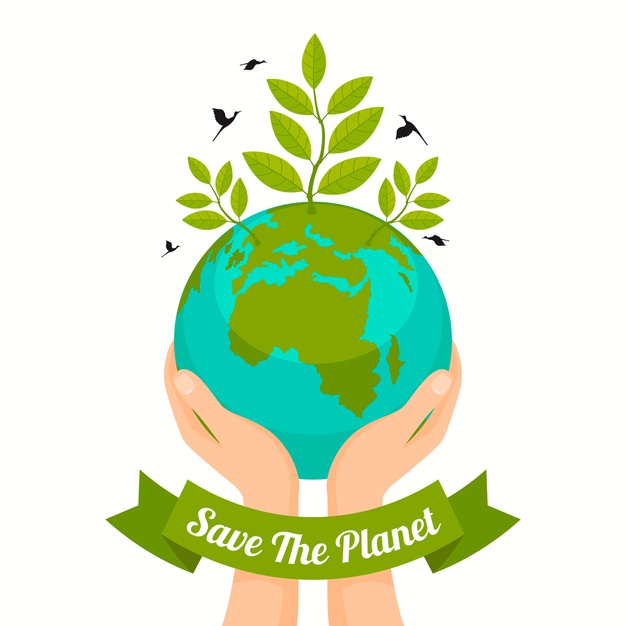
Elsewhere on this website, we have seen how global warming and wars have terrible effects on the health of the Planet and everything on it.
Now it is of crucial importance to understand the Human behaviour that causes Global Warming.
To do this, we can start with a person, who we can call ME

ME and US
(I have portrayed ME as a man or woman)
ME will have a lot of Needs;
- Enough to eat and drink
- Shelter: Somewhere to live
- Family and other people to satisfy social needs
- Something to DO
- Possessions, playthings and objects of desire
For some people, their social needs are met by friends and a community of some sort. And many people also have strong feelings of attachment to a larger community, like a faith group, country or even region. Many people can be influenced by a confusing range of Wants and Needs:
These come from early experience, family and social groups, education and cause feelings of right and wrong, and sometimes confusion about the differences between the two.
As this seems quite simple, let’s complicate matters by the fact that there more than SEVEN BILLION ME’s on the Planet, all with wants and needs.
Most people gain much satisfaction from their relationships and the ability to clothe and feed themselves and their families.
But a very large number live in poverty, and/ or are beset by wars and famine, without the ability to have any influence on what happens to them. A growing number of people in rich countries are also struggling with poverty and being excluded from the good lives of the majority
Then, at the fringes of Society a small number of people have a need to control the world around them – at its extreme, these people are called Psychopaths. Some of these become very dangerous to the health of the planet if they get into positions of political power.
Others have driving needs to become rich, to possess a huge number of artefacts to demonstrate their wealth to others.
But the majority of people prefer to feel that that they are part of a community – which we can call US – and gain great satisfaction from helping and being good to others.
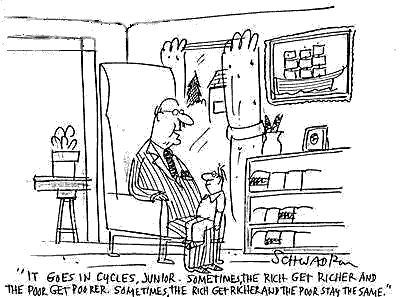
History….
Population growth, Industrialisation and Intensive agriculture
Over the centuries, small human activities grew into industries and huge factories, producing goods of all kinds. Rapidly growing populations also started to consume more and more of the earth’s resources – metals, oil, coal and efficient production of burgeoning amounts of food – meats, grains. And great advances in transportation enabled trade in industrial goods to be shadowed by huge increases in the movement agricultural foodstuffs.
After the Second World War, huge industries created to serve war needs drove a need to consume their products. New and different industries grew on the back of producers – aimed at persuading people (at first in rich countries) that they Needed more and more goods and possessions:
- Based on the thinking of psychiatrist Sigmund Freud’s nephew EdmundBernays, Advertising has come to play on peoples’ emotions to persuade them that they have a huge range of needs beyond the basics necessary for a good life. This has become a plague, bombarding people with messages on TV and social media
- Fashion acting in conjunction with advertising – to make people uneasy if they were out of line with the latest trends
- Communications and more recently Social Media have made it almost impossible for the majority of people to avoid a tide of advertising and propaganda
AND SO: Vast numbers of people consumed huge quantities of the earth’s resources, to the point that the planet was being depleted and the poison created by consumption of the oil, gas and coal used to power industry and the huge towns and cities used to house population growth. Efficient Intensive agriculture has enabled the greater part of the human race to avoid starvation. NOW…….Industrialisation and Intensive agriculture have clearly become part of the pressures that threaten the health of the Planet.
Some of these industrial organisations have grown so big and powerful that they can control the leaders of whole countries to do their bidding.
They often use hundreds of specialists to Lobby politicians and others, using monetary and temptations of many kinds
These organisations can also be described as Psychopathic – in that their leaders and those that influence them are driven to meet their own needs regardless of the wider society they purport to serve.
Often these Psychopathic organisations form unholy alliances with Political leaders who are mainly driven to satisfy their own needs regardless of the ”public” good. Thus: These unholy alliances are some of the underlying causes of the forces that are destroying the Planet.
Definition of Psychopath
A person having an egocentric and antisocial personality marked by a lack of remorse for one’s actions, an absence of empathy for others, (and at the extremes criminal tendencies)
Several world leaders can be described as having Psychopathic tendencies. This means that they have an overriding need to control others, to damage those who stand in their way, and have little regard for what happens to others as a result of their actions. In many cases, they deny that Climate Change is destroying the Planet, the scientific evidence of climate change is dismissed as “only the views of scientists”.
A few of such dangerous people can be found in the Picture Gallery attached to linked website “Having Their Cake”.
Let’s return to the beginning…….
Now back to ME/US
What about ME? And US? Why don’t WE do more to save the Planet??
More and more people are becoming very concerned, and are trying to change their lifestyles to become more eco-friendly. But there are huge barriers to acting in time and forcefully enough to avert disaster.
Firstly, international bodies like the United Nations keep meeting and issuing Bulletins that sound great, but do not lead to action…..
| Inequality is a Plague that is ruining the planet. It could be a plus: By re-distributing Gross Wealth, it is possible to create a good level of living for all, whilst maintaining modest growth |
But for many people one very important reason is:
DISSONANCE:
- In the field of psychology, Cognitive Dissonance occurs when a person holds contradictory beliefs, ideas, or values, and is typically experienced as psychological stress when they participate in an action that goes against one or more of these beliefs
- Emotional Dissonance occurs when we are sorely tempted to do something that we believe is going to do harm, like buying fashion clothing or a large shiny gas-guzzling car, but do so because people will think better of them.
Quite simply this means that we are beset by a confusing range of influences
- We know that our consumption is having negative planetary effects, But
our strong desires to accumulate lots of possessions cause us to ignore that first knowledge
- We know that we should do the right thing by the community at large, but our desire to be rich and famous cause us oi ignore the plight of less fortunate people
Here is another range of Reasons (Sometimes Excuses)
- “I can’t understand Climate Change and its effects, it’s too complicated so I don’t bother”…
- “I’m just a small cog in an enormous machine, “little me” can’t have any influence….”
- “I’ll change later, but right now I need to enjoy my life”…
- “I have worked hard to earn the good things of life”…
- “My friends and peers will think less of me”…..
“It’s all I can do to survive each day, wars and starvation are bigger threats.” Tragic but entirely understandable reason.
But Apart from the last Reason; It’s really up to US –
- We consume the products of Big Oil to power our cars, the planes we use for travel
- We also drive gas-guzzling cars, follow fashion, buy too many clothes
- We eat too much, especially red meat, and the other products of intensive Agriculture
- In many cases, we can comfort ourselves by supporting “bad” politicians who deny climate change (Exception being people in dictatorships, who have no choices.)
Now
A Bit of History: A Man who foretold the future, but more than 200 years too early.
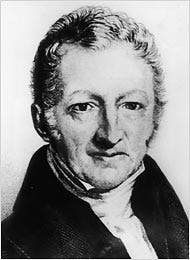
Thomas Malthus was an 18th-century British philosopher and economist noted for the Malthusian growth model, an exponential formula used to project population growth. The theory states that food production will not be able to keep up with growth in the human population, resulting in disease, famine, war, and calamity.
His Theories proved to be inaccurate at the time, and were overtaken by the Agricultural Revolution and the invention of intensive agriculture, which enabled massively growing populations caused by the Industrial Revolution to be fed
But now, it seems that Malthus was right, only 300 or so years too early!!!
Wars and Arms Manufacturing
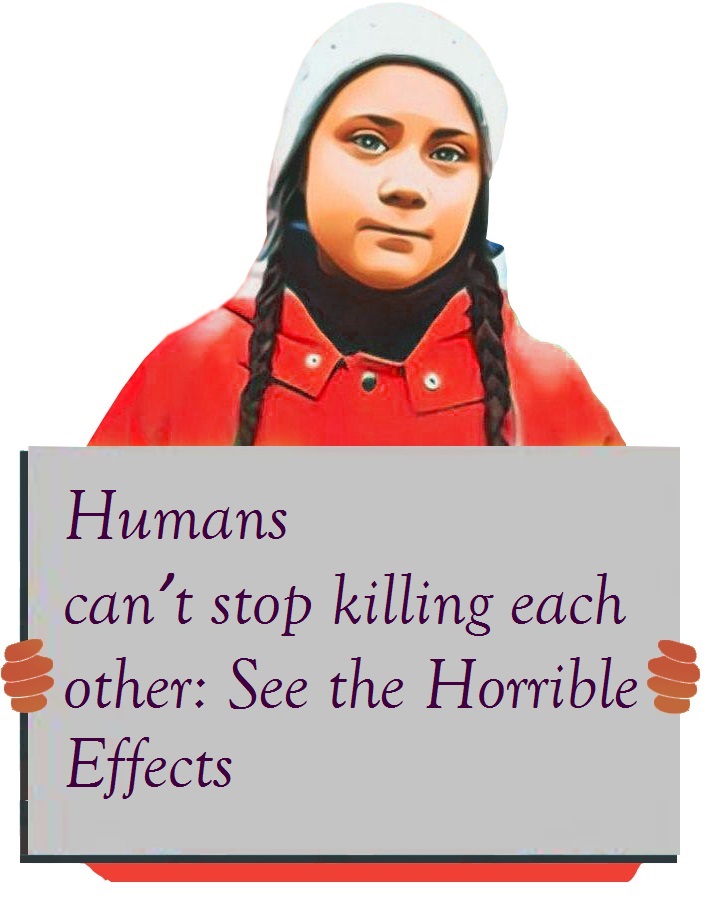
Armaments and Warfare also “Destroy the Planet”
“Mention ‘destroying the planet’ to most people and they quite rightly think about Climate Change. But did you know that warfare and arms manufacture is nearly as destructive? For example, there have been ONE MILLION deaths from wars since 9/11, including 300,000 in the dreadful Yemen conflict. Also, the horrible Syrian civil war has caused 14 MILLION to flee from their communities. So, dear readers, whilst Britain and America dedicate themselves to zero net carbon emissions, we should realise that the three largest manufacturers of weapons of destruction are American, followed by Britain and France!!”
Many people believe that Global Warming and Climate Change are the main or only causes of Destruction of our Planet. Or maybe, they believe that wars and destruction are caused by climate change, shortage of food or migration due to starvation.
These things are of course true, but behind the scenes are wars caused by national rivalry, the actions of psychopathic leaders, desire for conquest, struggles for power, religious conflict and a whole raft of causes which have little to do with climate change. But what such wars do is almost as bad for the Planet as the effects of excess carbon dioxide and other greenhouse gases in the atmosphere.
| THE DAILY SLAUGHTER |
|---|
| – Post 9/11 One million deaths from war – Refugees from Syrian war 14m – Deaths in Yemen from 2019 300,000 |
At any one time in the last 50 years, since World War Two, there have been armed conflicts between nations, tribes and psychopathic leaders. Oppression of whole populations caused by violent groups and individuals have caused endless misery and yes, destruction of the planet.
| Times of Poverty |
|---|
| – Number of people displaced by war since 9/11 90 million – 70% of refugee families live in poverty |
If we look under the surface, an even more horrendous scenario begins to show is ugly face. Here is a quick count of the nations that possess Nuclear weapons, capable of wiping out whole nations, most of which make the American obliteration of Hiroshima and Nagasaki seem rather puny:
United States, Great Britain, Russia China, France, Israel, India, Pakistan, North Korea all possess nuclear weapons capable of causing massive long lasting damage.
And equally horrific, but maybe a small touch less destructive, are poison gases, some of which can also wipe out whole populations.
And a bit further down the “Food Chain” of destruction are so-called “conventional weapons”, bombs, rockets, guns, military aircraft and high explosives.
Most of these weapons of destruction are traded between nation states quite legally. But behind the legal flow of weapons of destruction is a vast trade in illegal weapons, which fuel countless wars and insurrections.
All of this can validly be called DESTROYING THE PLANET just as much as burning coal, oil and gas – owning and using gas-guzzling vehicles, over-eating red meat. Maybe the main differences are that most commentators are fixated on the more conventional aspects of global warming and have not realised that there are many ways of destroying the planet.
So, I will have a look a the array of weapons of destruction – and maybe more interesting, who makes and trades them…
Flooding and Fire
World’s largest weapons Manufacturers
Here are the top 5….
1. Lockheed Martin Corp. (USA): $44.9 billion
The largest arms manufacturer in the world, Lockheed Martin specializes in everything from global defence, security and aerospace.
2. Boeing (US): $26.9 billion
Boeing, which is one of the most well-known manufacturers in the world, focuses on selling everything from aeroplanes to rockets, satellites and telecommunications equipment.
3. Raytheon (US): $23.8 billion
Raytheon is the world’s largest producer of guided missiles.
The American company focuses on weapons and military and commercial electronics.
4. BAE Systems (UK): $22.9 billion
The company is the largest defence contractor in Europe.
The British company specializes in multinational defence, security, and aerospace technology. Its arms trade revenue was $22.9 billion in 2018.
5. Northrop Grumman Corp. (US): $22.3 billion
Northrop Grumman Corp. has over 85,000 employees.
The company also focuses on defence and aerospace and is also one of the world’s largest weapon manufacturers.
Here are some of their and other arms manufacturers Products…….
5. Disastrous Effects on Humans
Direct impacts on human health
Climate change and Global warming have many effects on humans (as well as other creatures). In particular, the effects of smoke often created by forest fires and burning fossil fuels, creates a poisonous atmosphere, thus causing lung damage. Excess heat and sun also causes burning of habitats and skin damage, including cancer. Locations such as Death Valley are almost impossible for human life. Too much heat and cold also drastically increase electricity usage for heating and air conditioning. In California lately, such was the burden on electricity supply, generators could not cope, causing supply failure and “brownouts”.
Flooding
Crop Failure, starvation and conflict
Climate change has many effects on the natural environment. But agriculture and farming practices are causes of global warming, as well as being affected by it. For example, intensive cattle farming results in high levels of methane gas, caused by cattle farting and belching!! (The world’s 1.5 billion cows and billions of other grazing animals emit dozens of polluting gases, including lots of methane.)
In turn, greenhouse gases and global warming are having an increasingly devastating effect on crops, grazing land for cattle, and the quality of agricultural land. And, in turn, these factors cause reduction in food for humans.

Starvation, migration and Conflict.
A side effect of global warming is crop failure, increasing starvation and hunger, which in turn leads to refugees from desolated areas. The plight of poor and starving people causes exploitation by violent criminals, who are often part of armed insurgent groups. The increase in violent conflict increases the number of refugees.
3. Intensification of extreme weather events
Extreme heat
The effects of global warming on the climate has resulted in increasing incidents of extreme heat, such as the 119 degrees Fahrenheit recorded in California recently. Extreme heat and associated droughts have sparked wildfires in Australia, the USA and other countries. Human health and that of other fauna has also been adversely affected. It was estimated that more than 3 million wild animals were killed by wildfires in Australia in 2020.
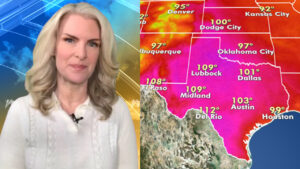
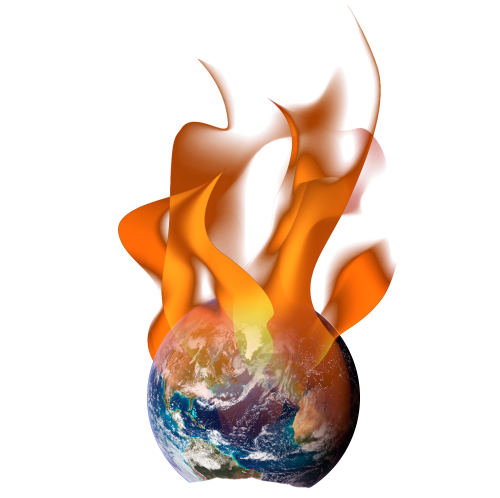

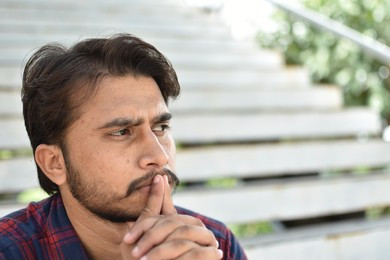

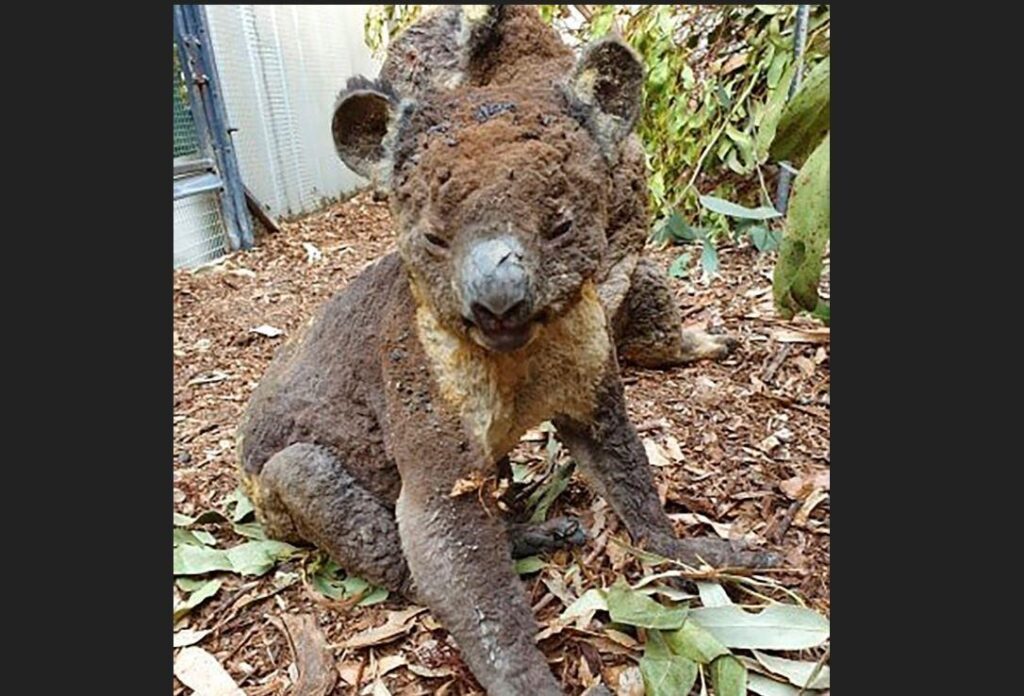








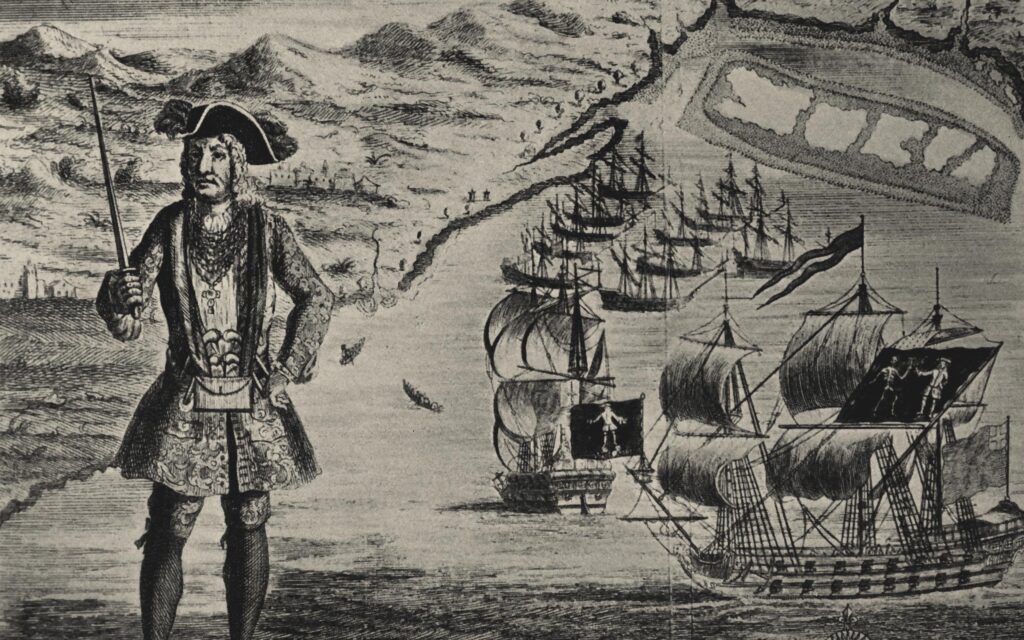

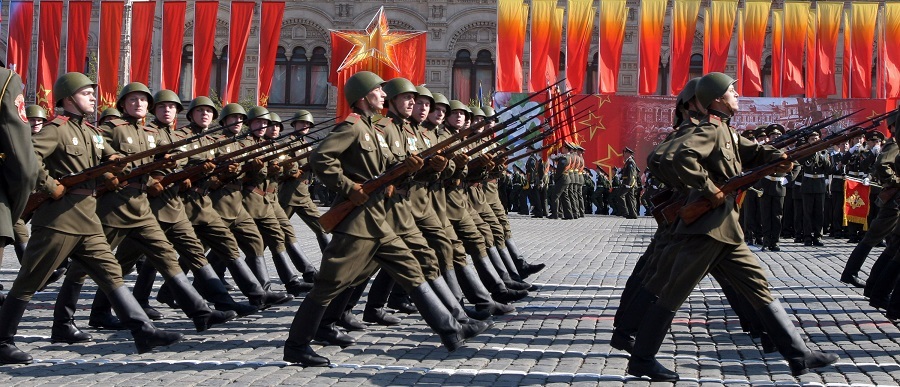
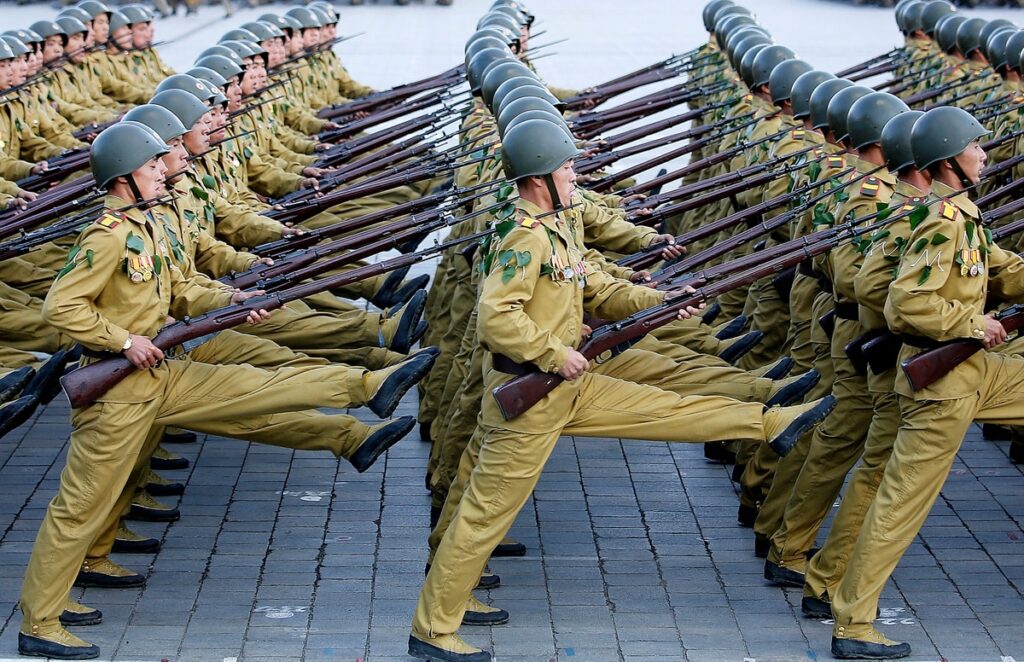
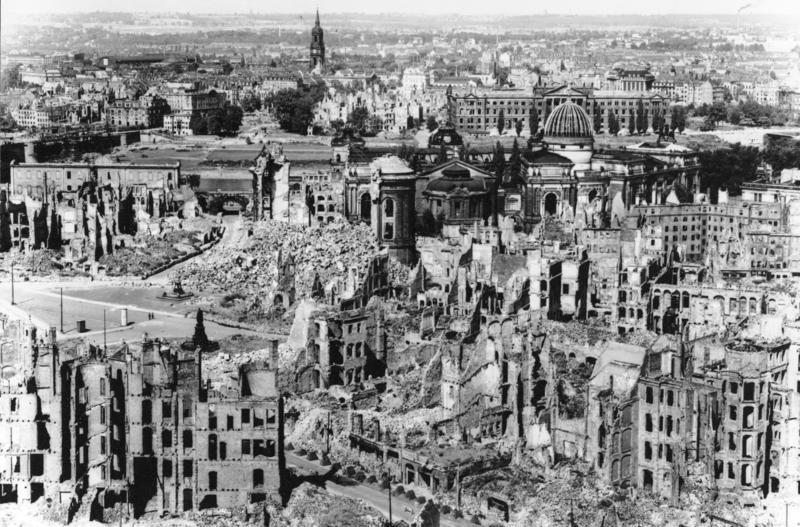
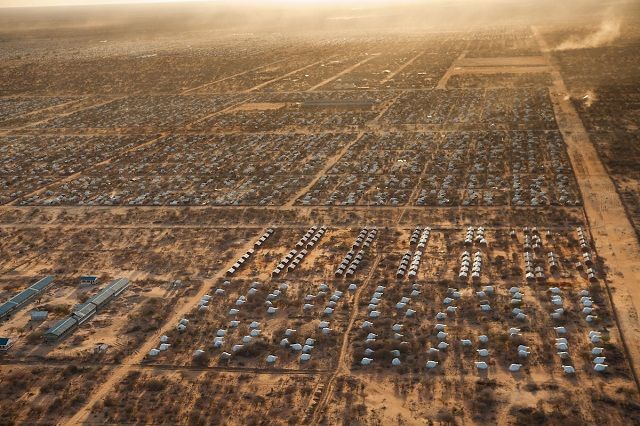
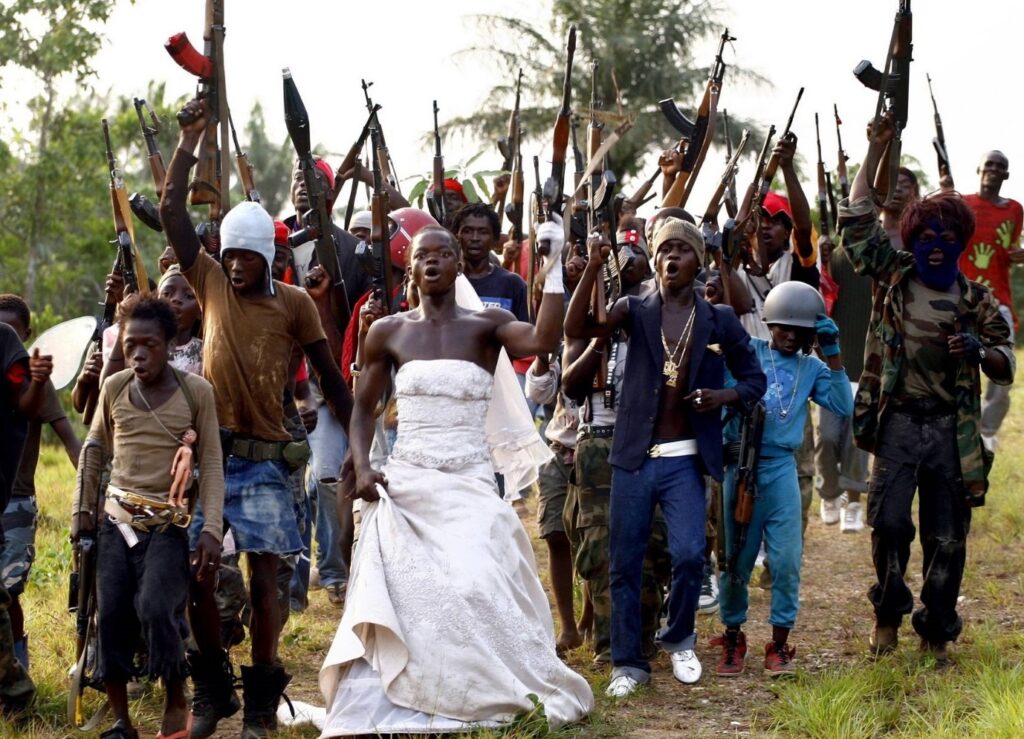
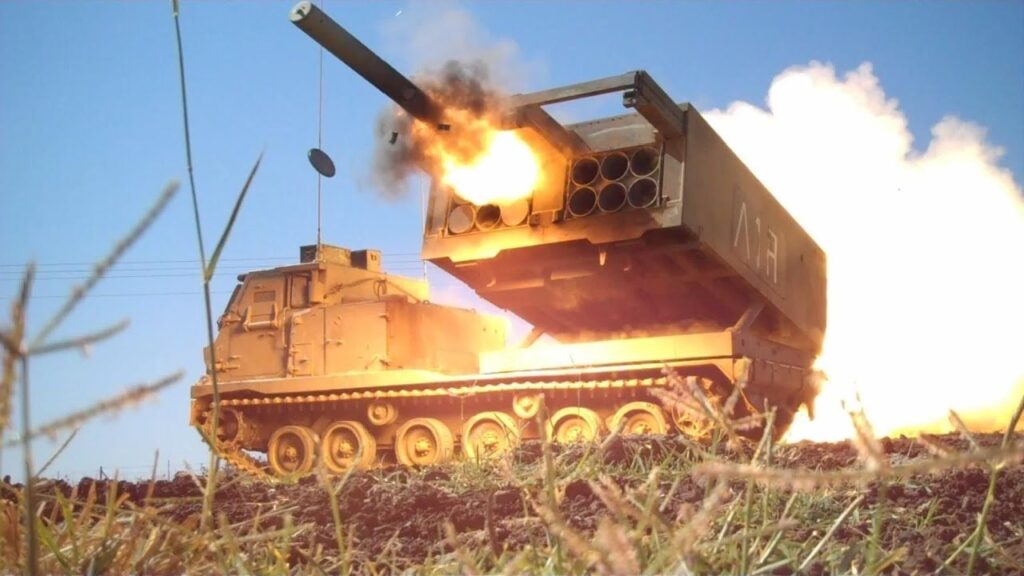
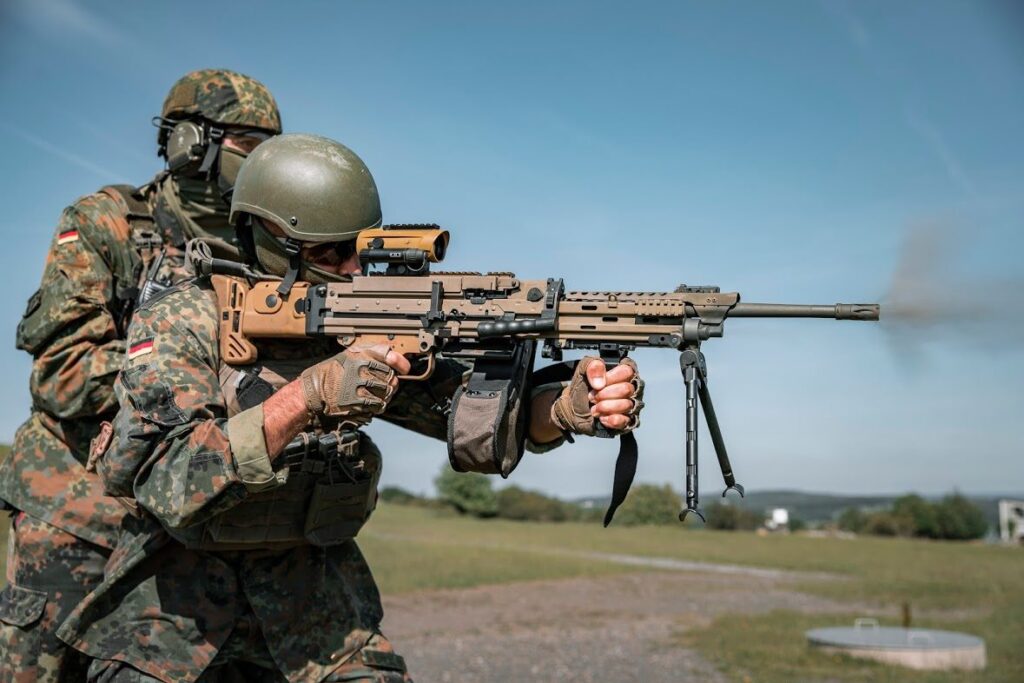
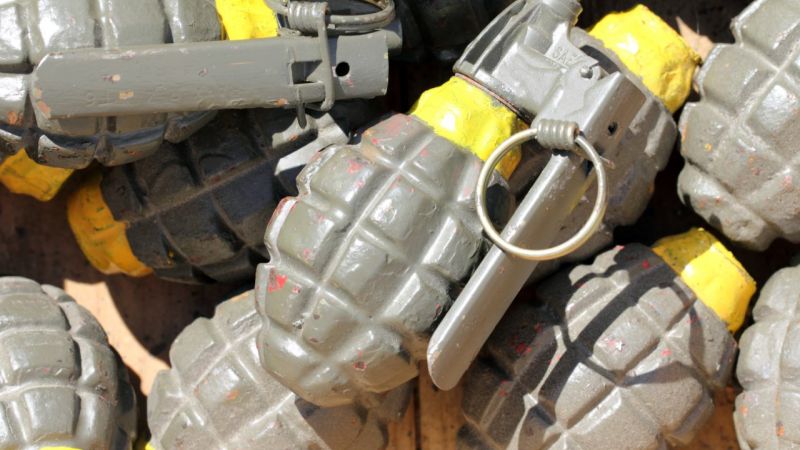
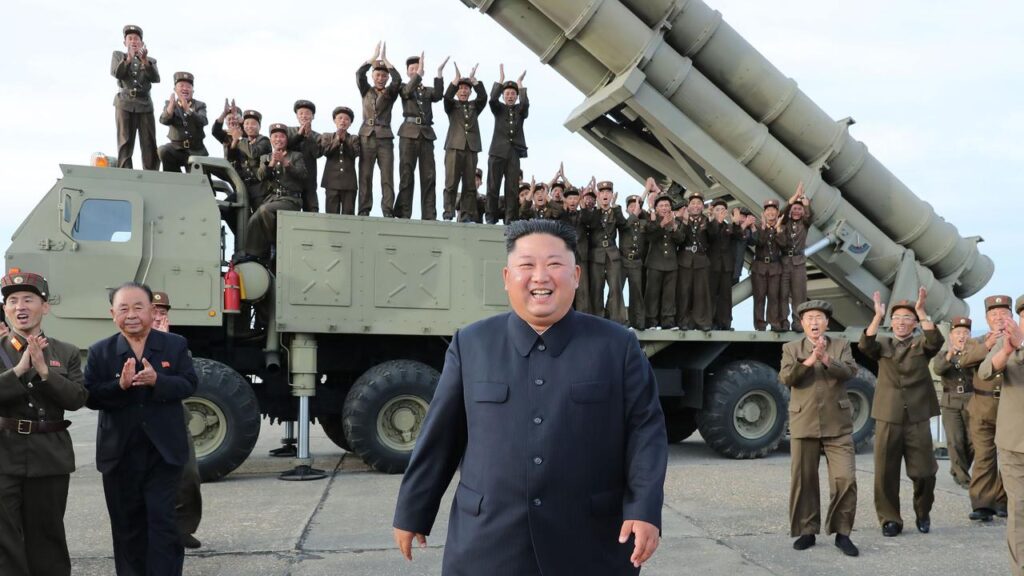
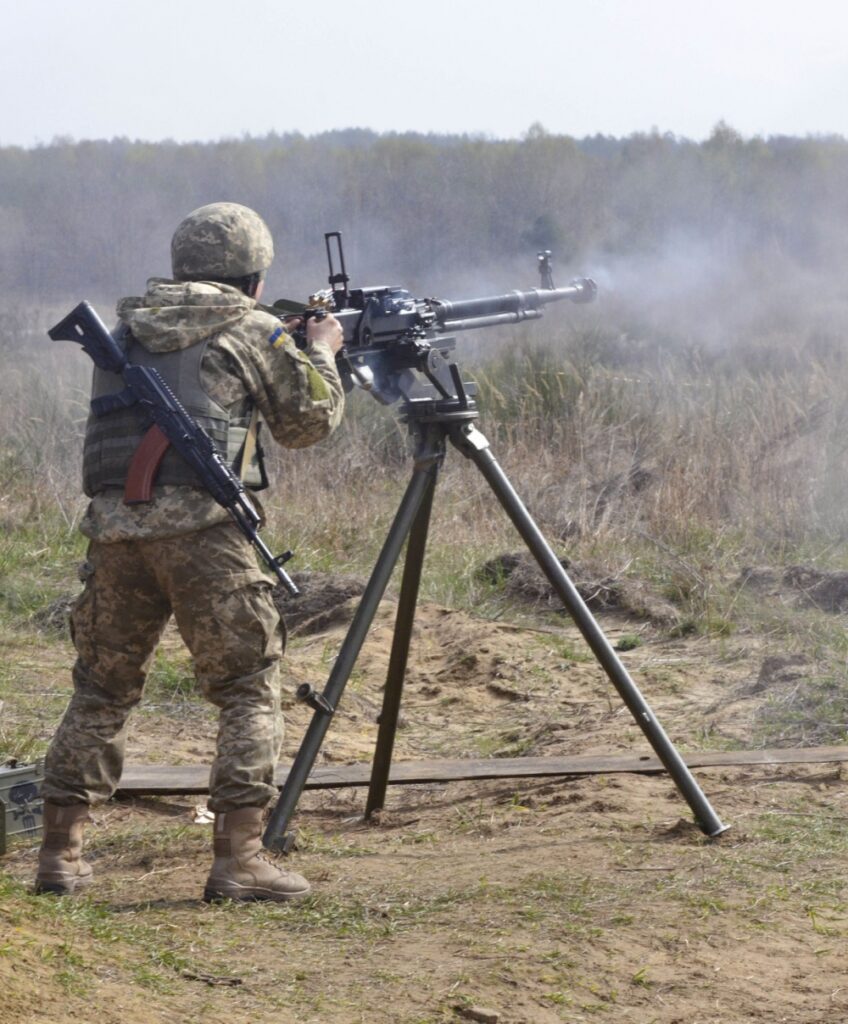
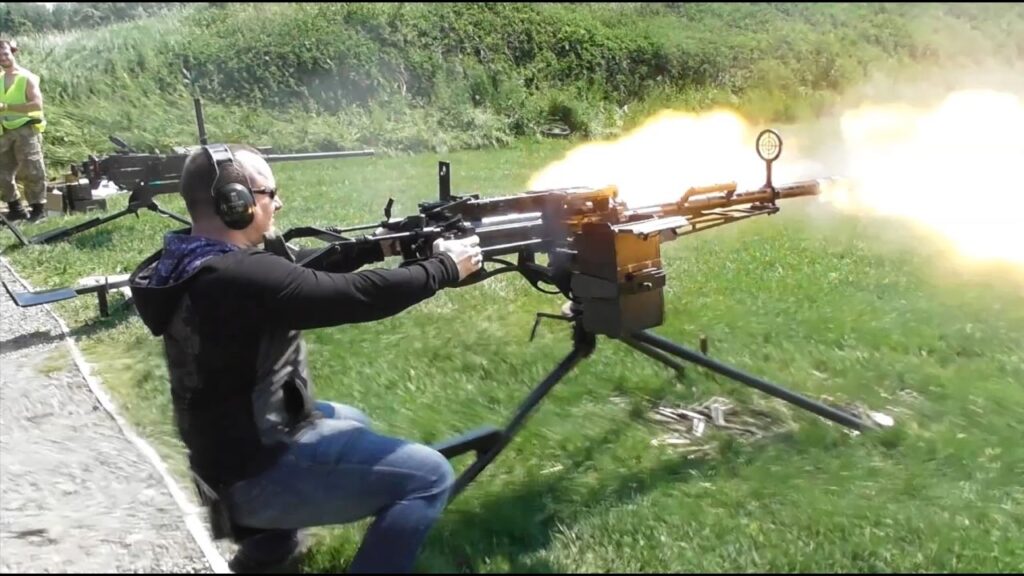
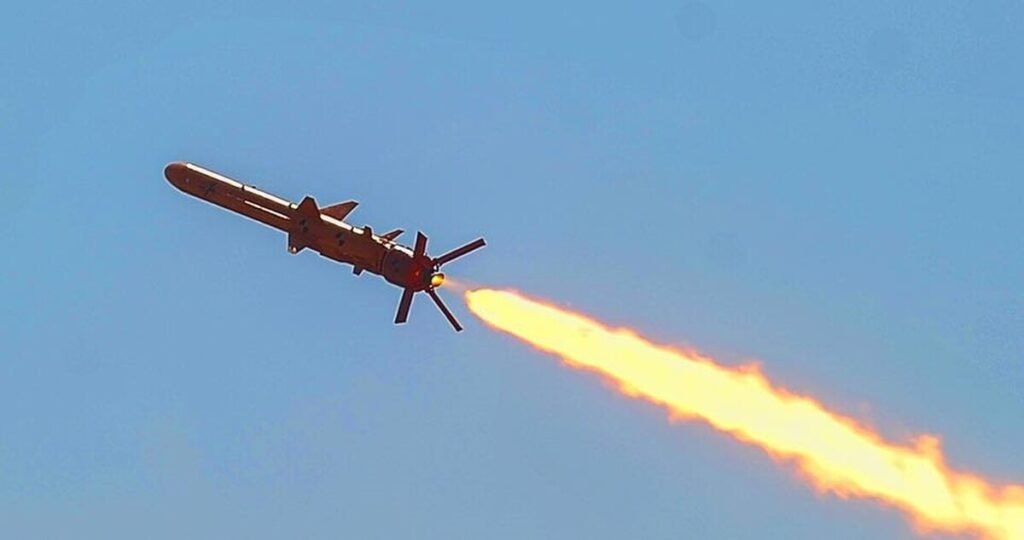
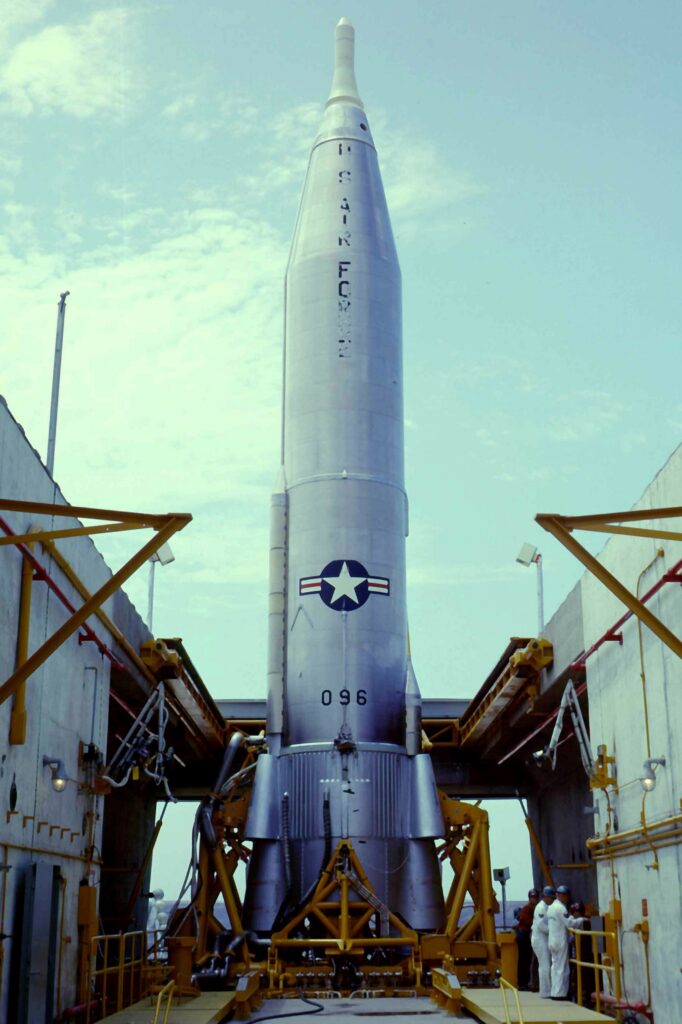
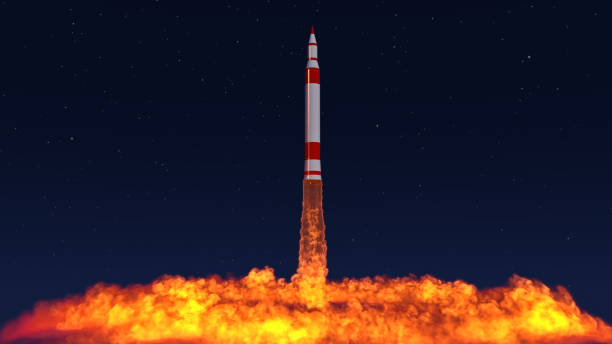

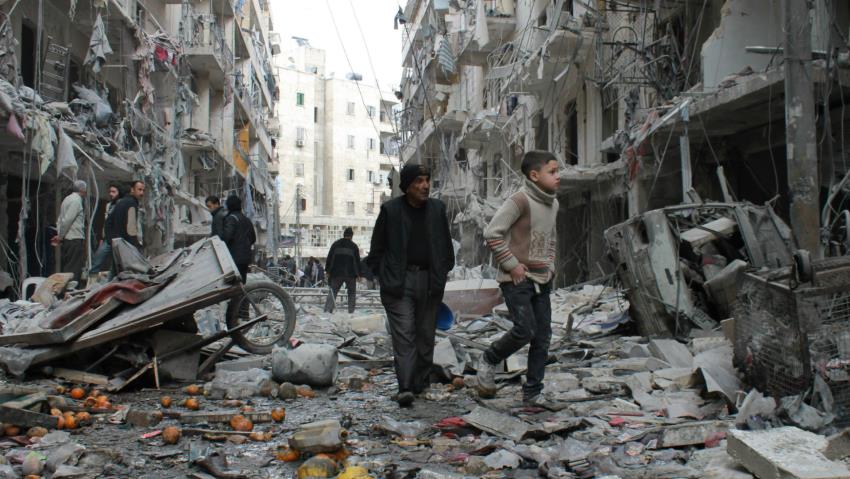
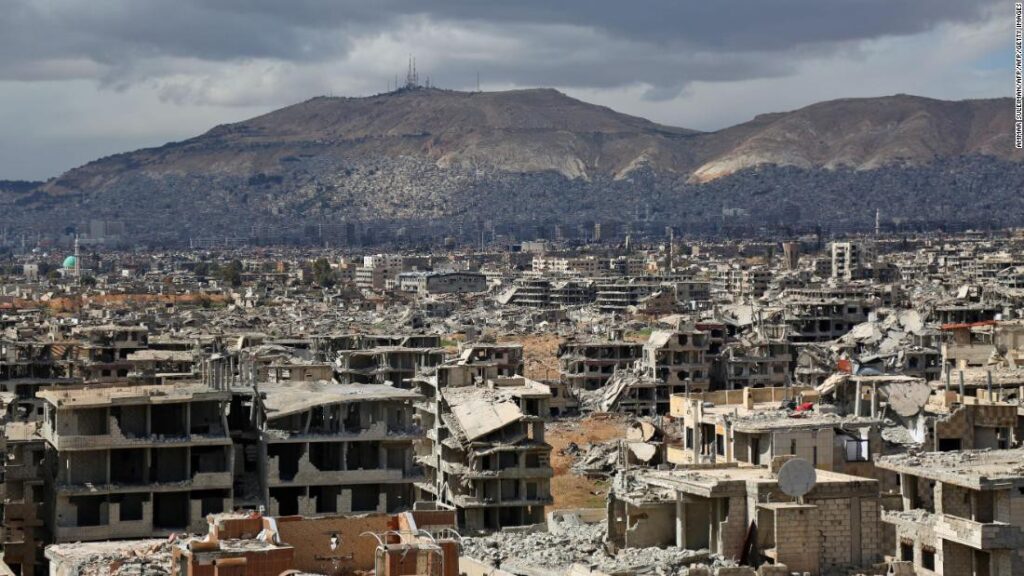
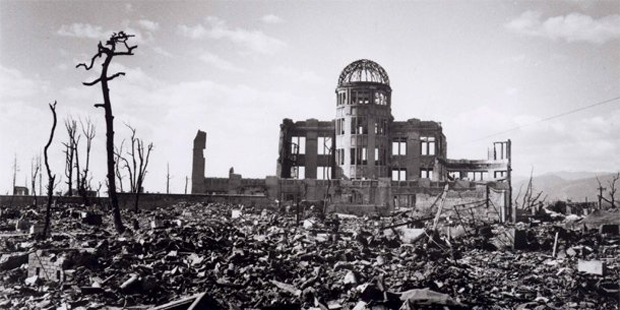
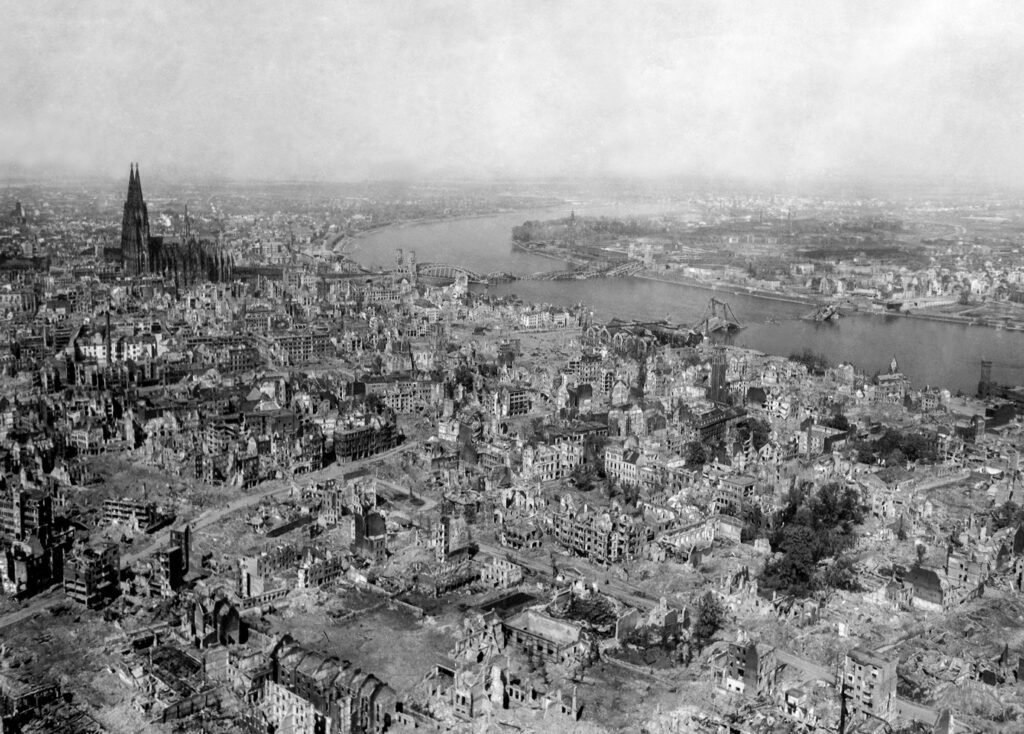

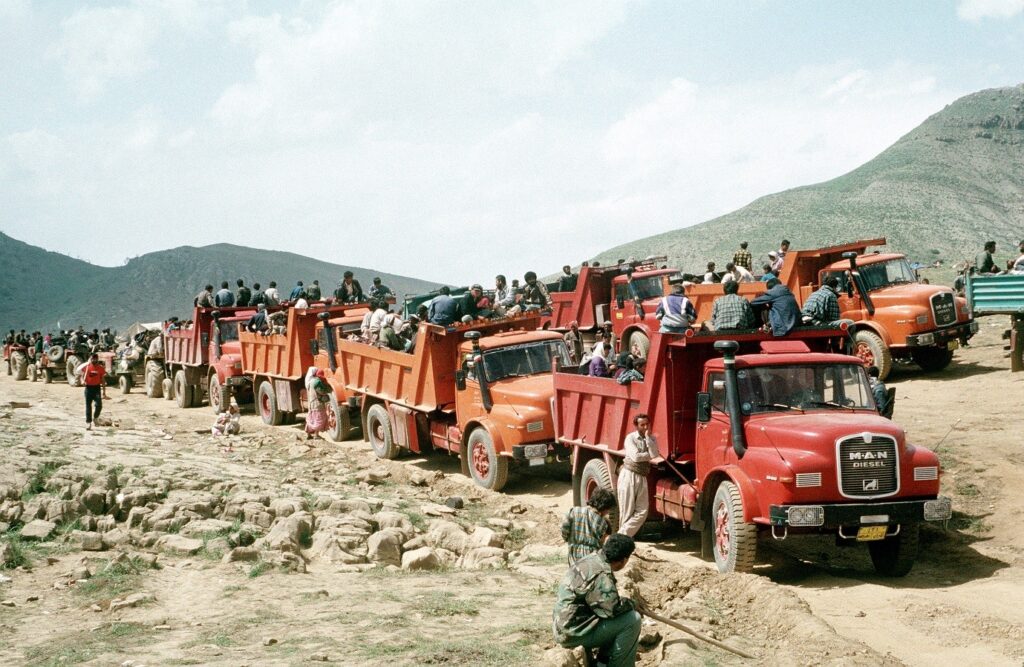

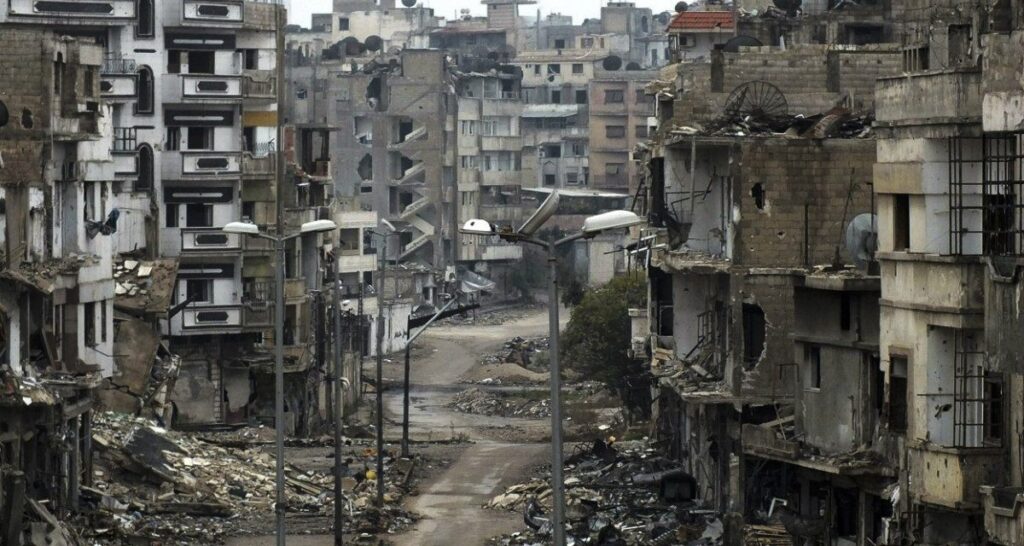

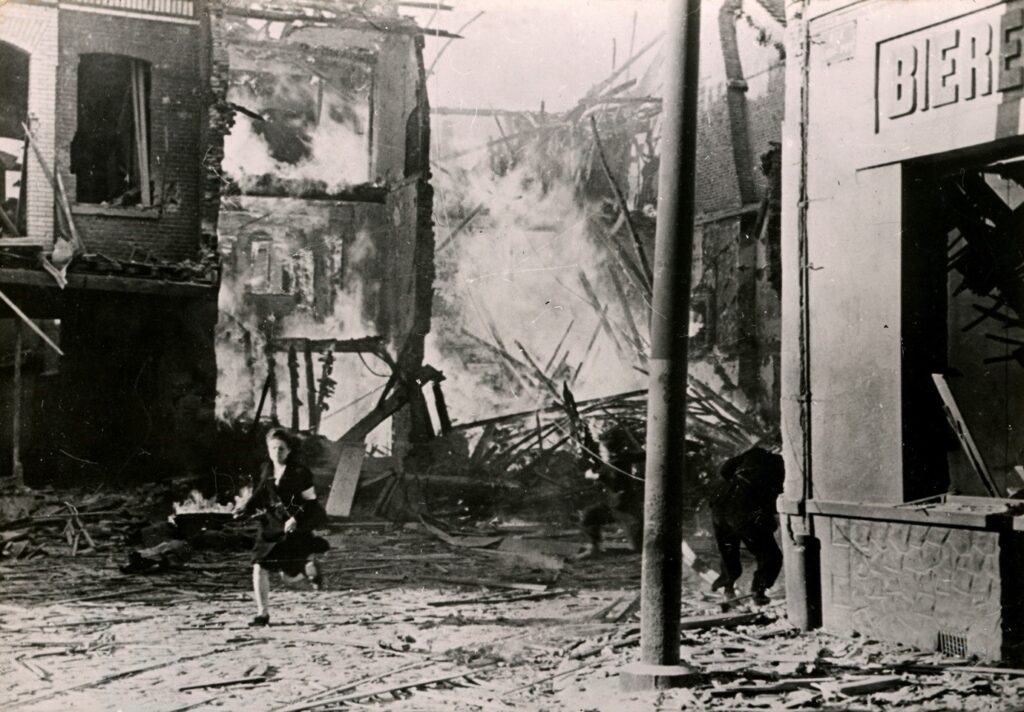






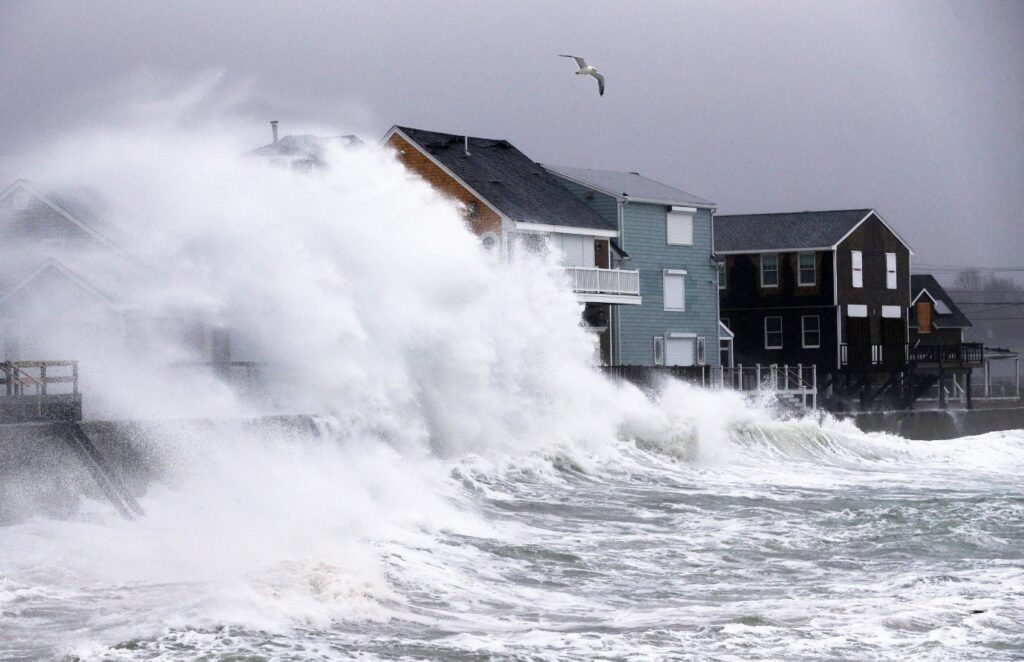


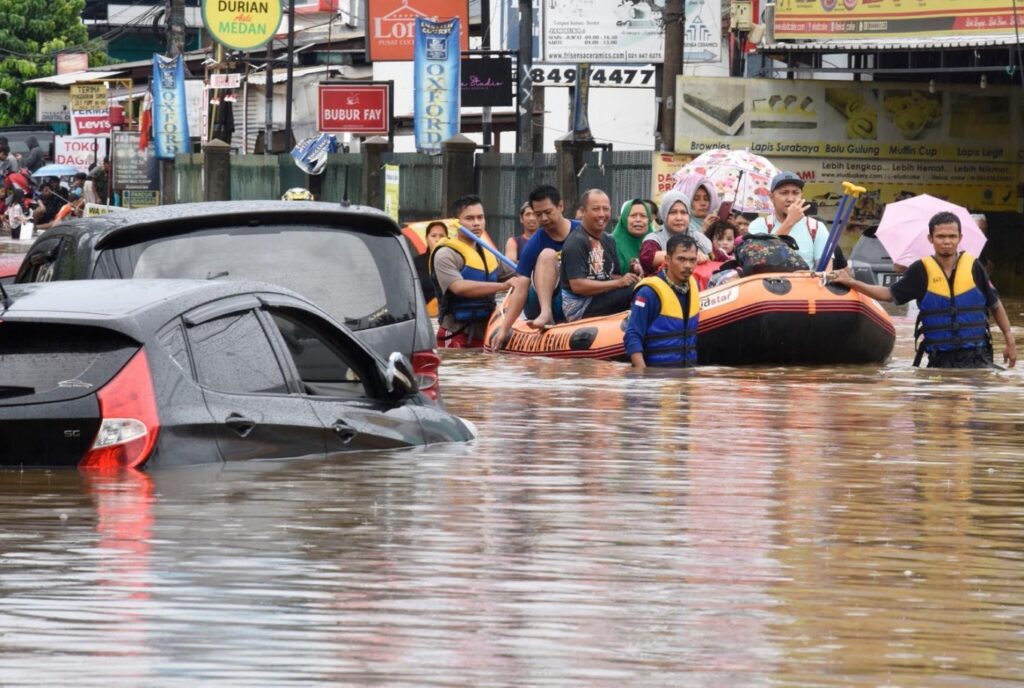







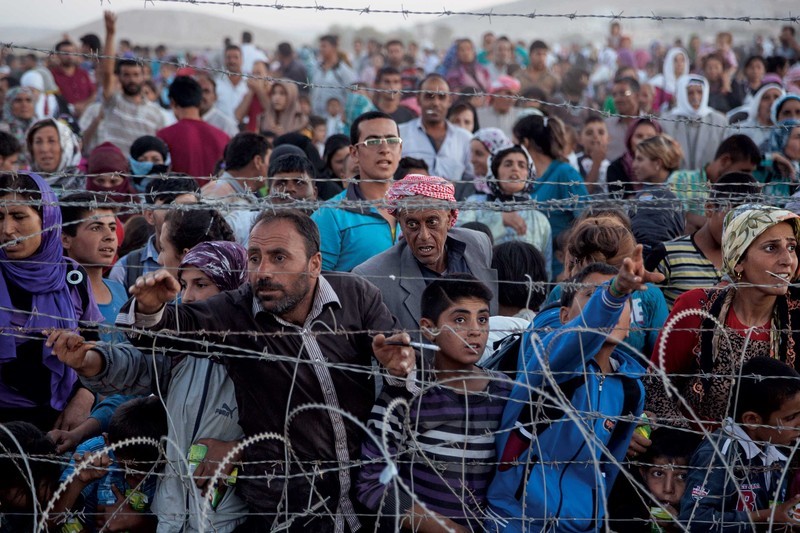


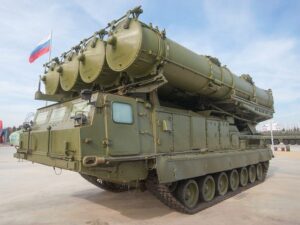
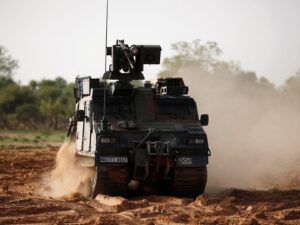
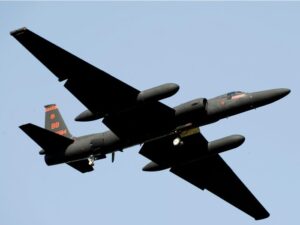
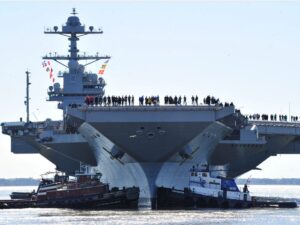
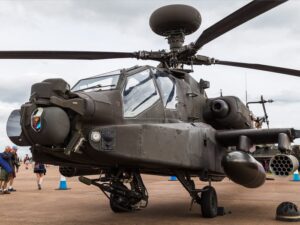

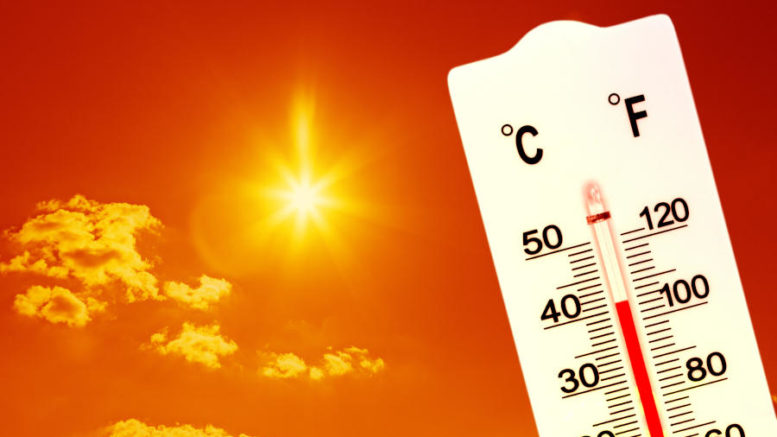
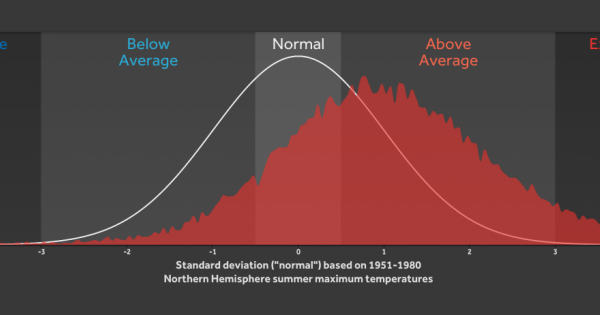
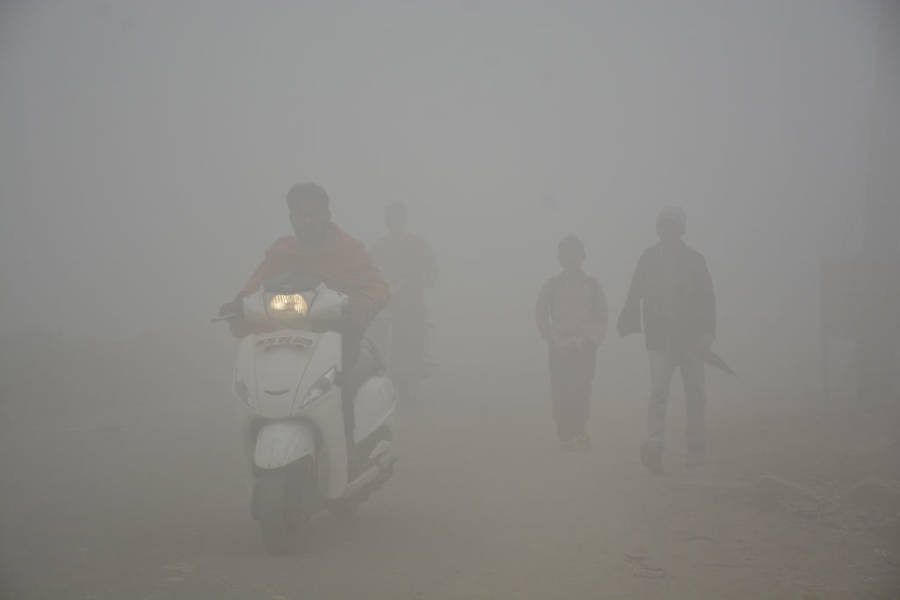
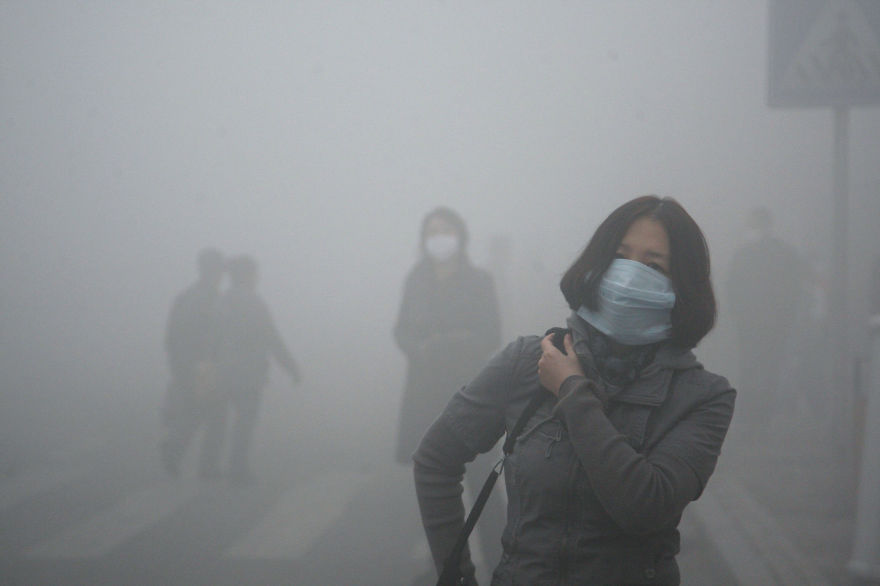

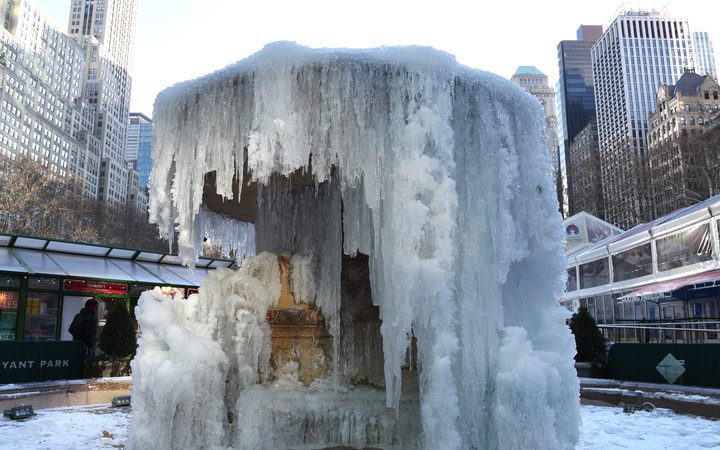
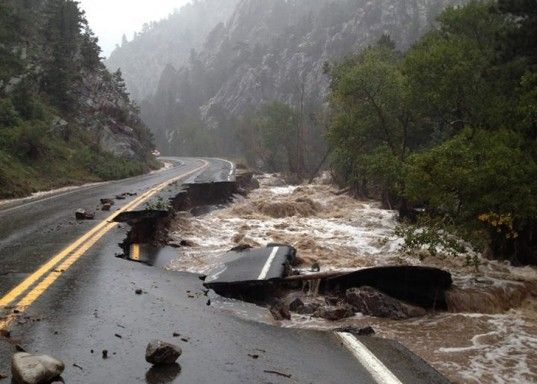
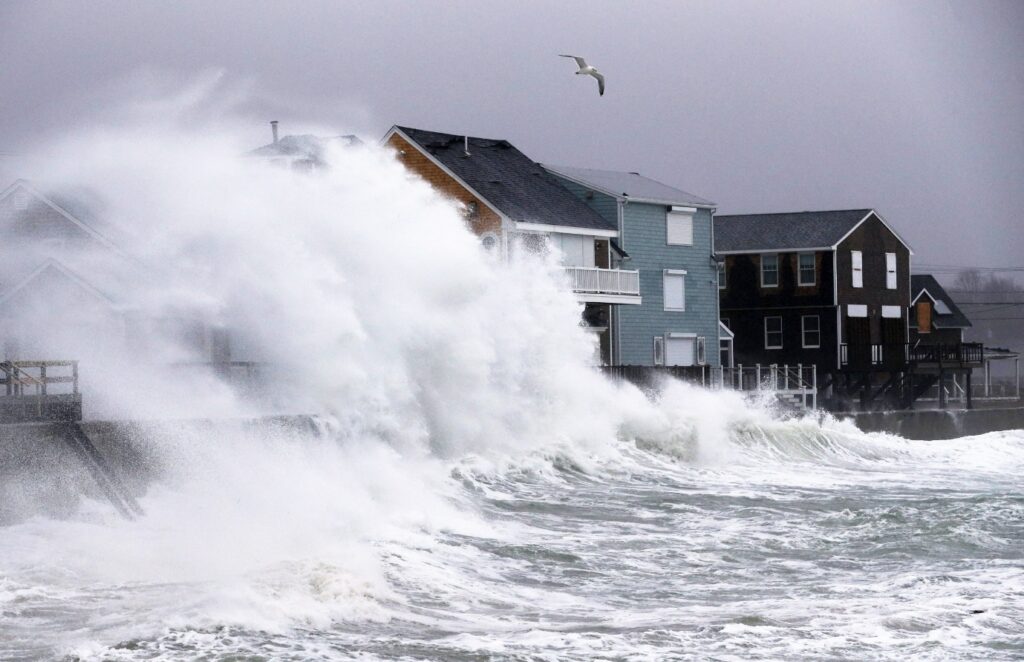
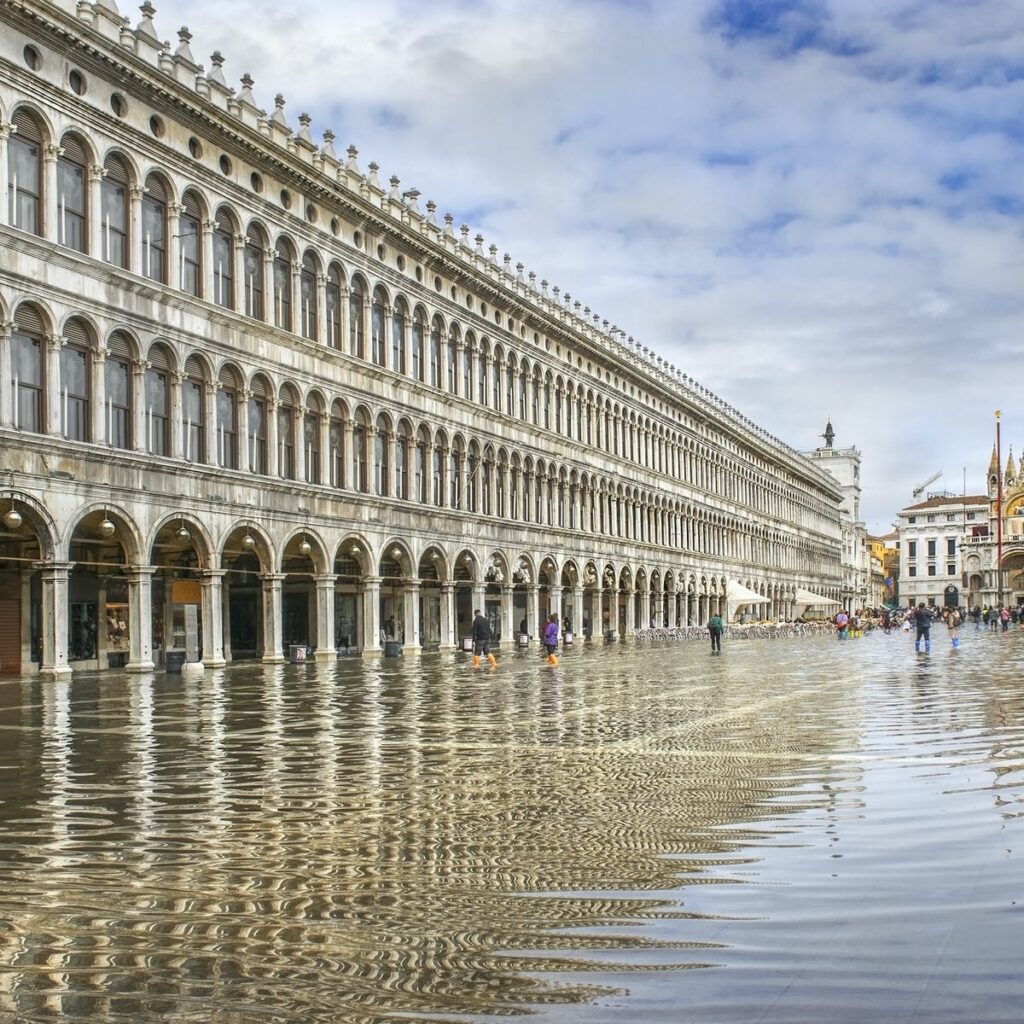
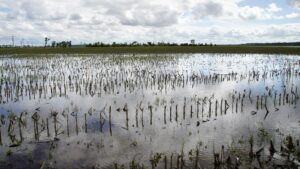
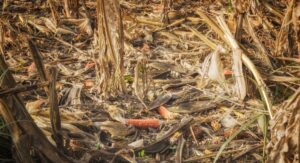
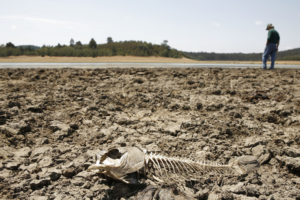
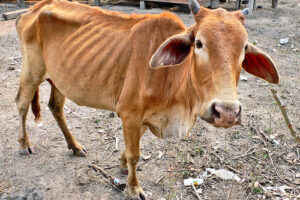
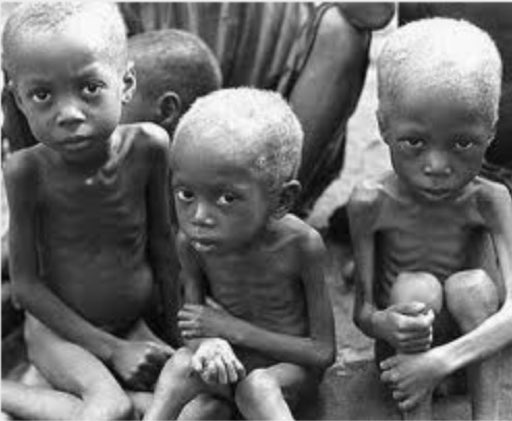
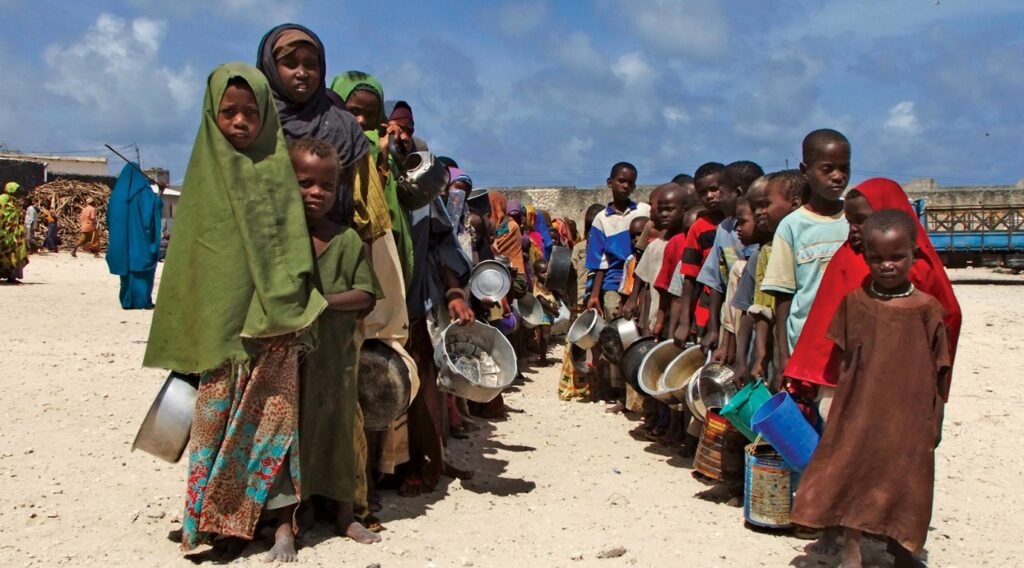
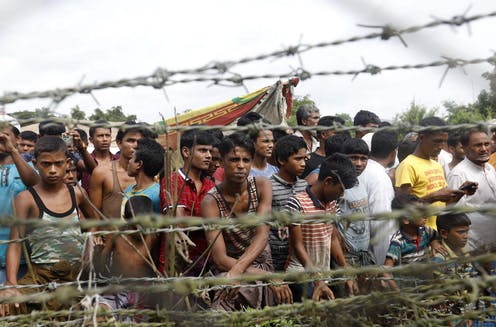
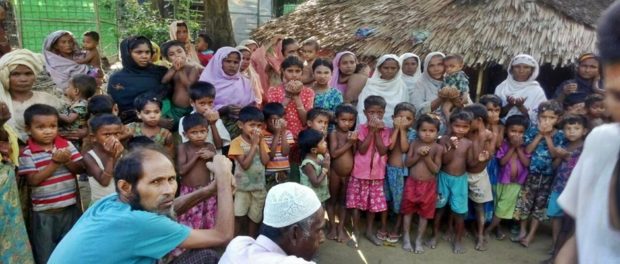

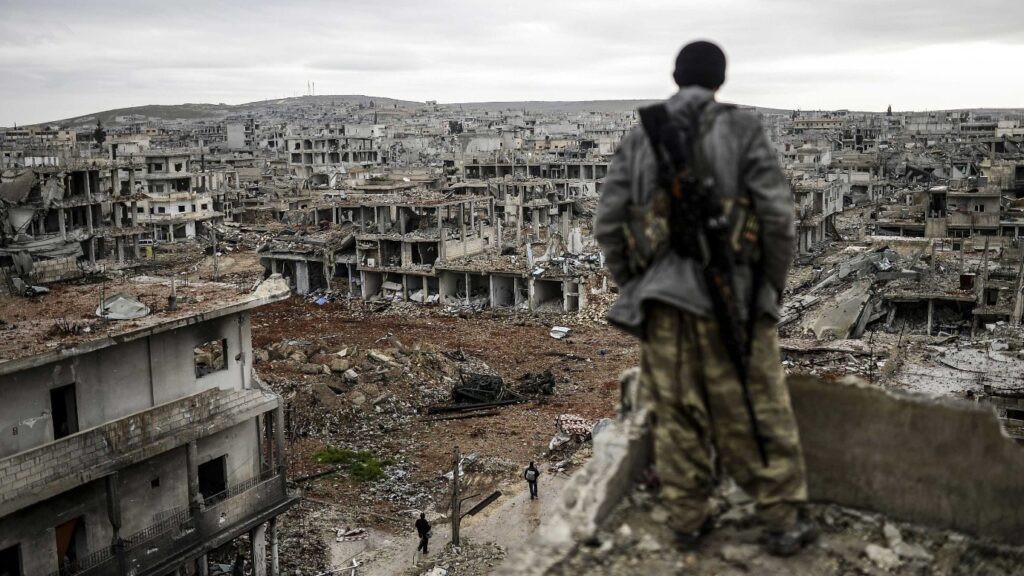
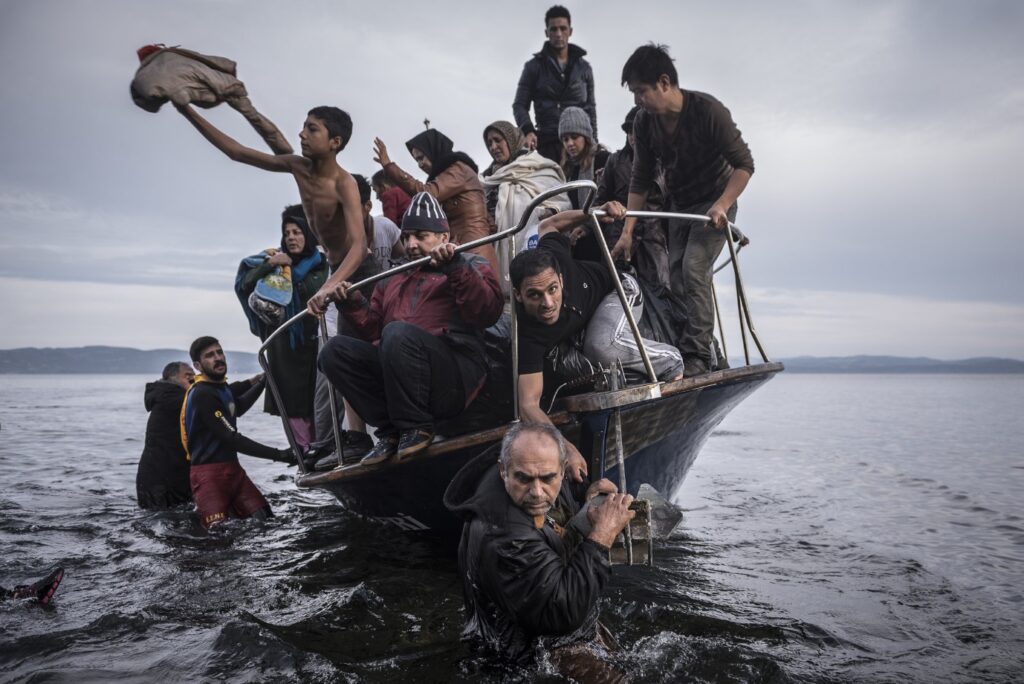
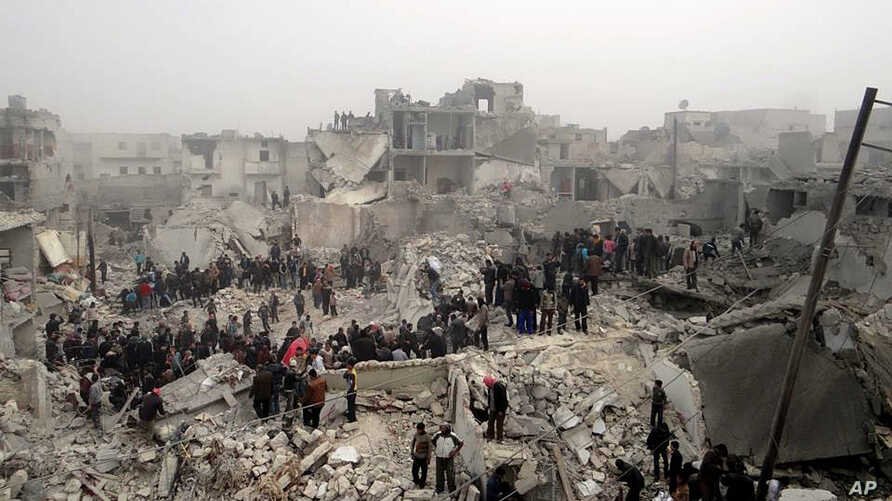
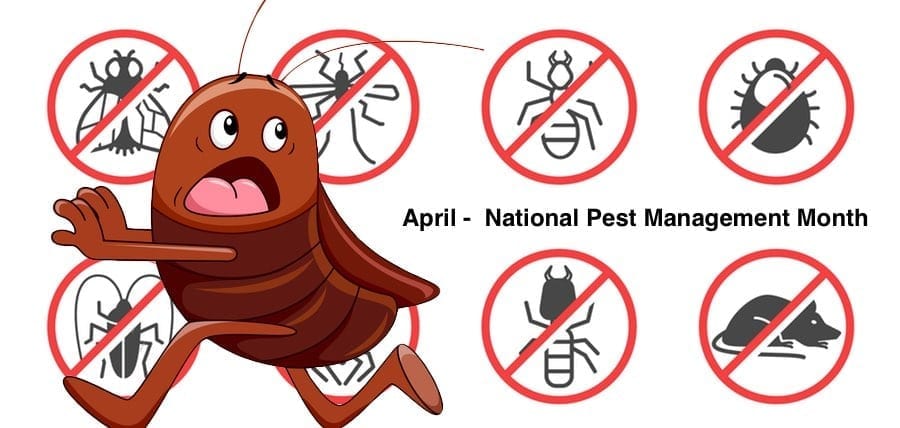
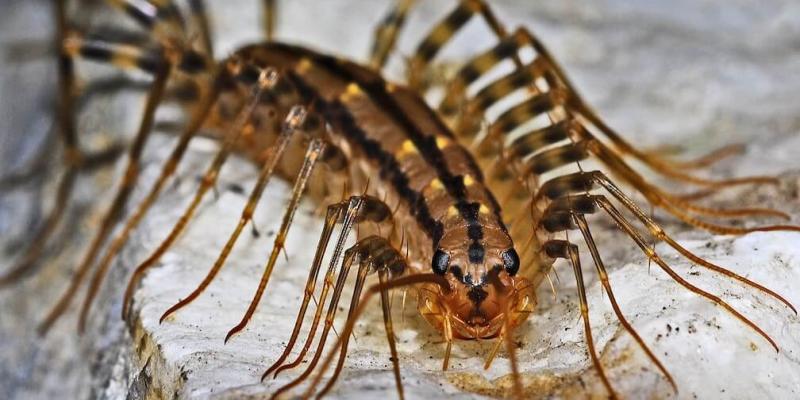
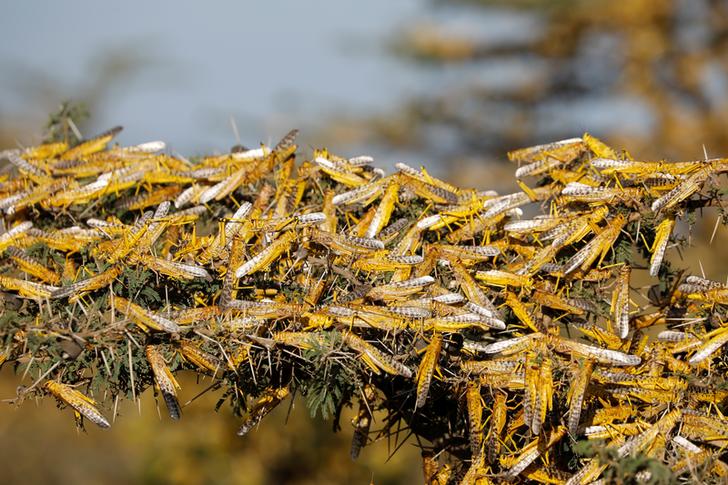

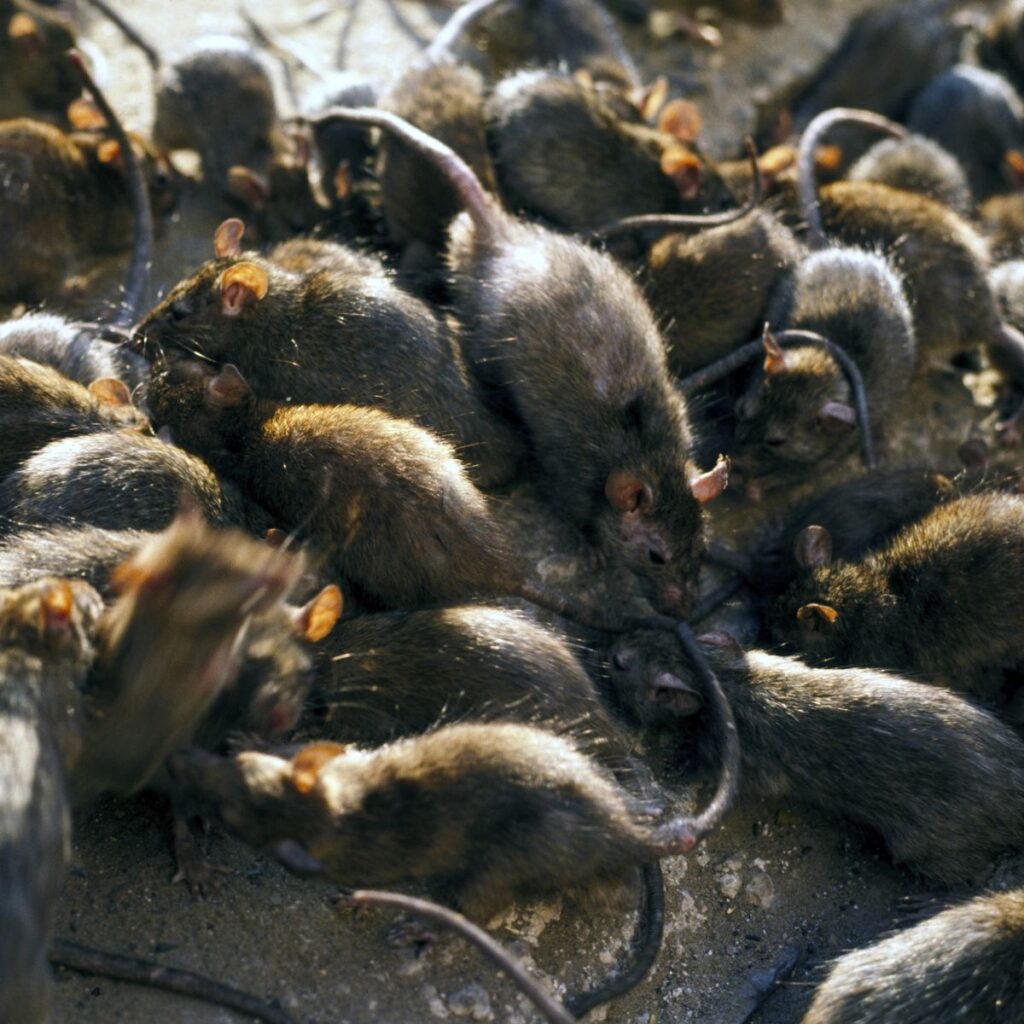
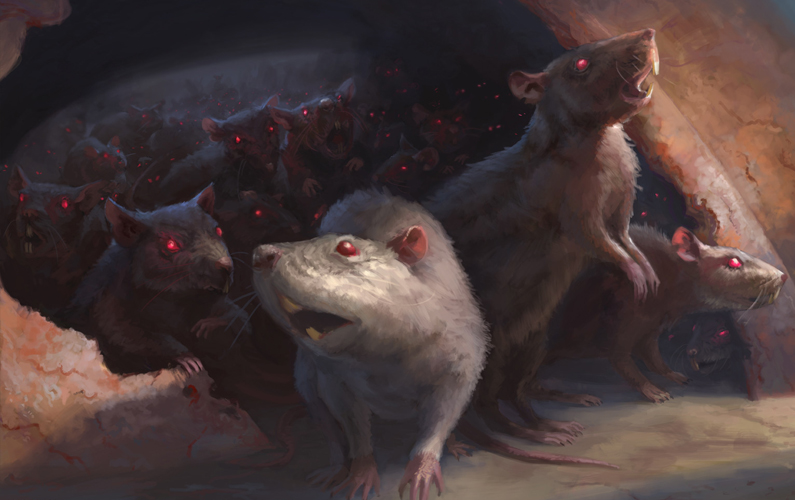
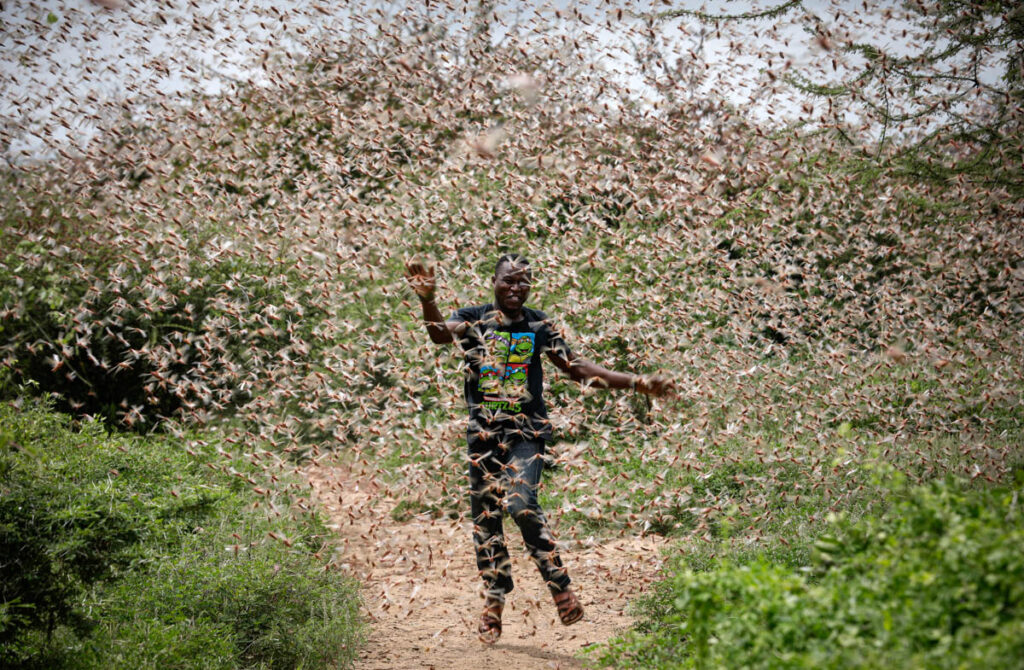
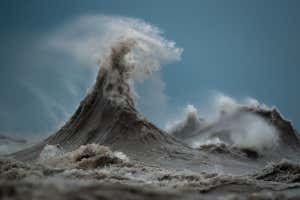
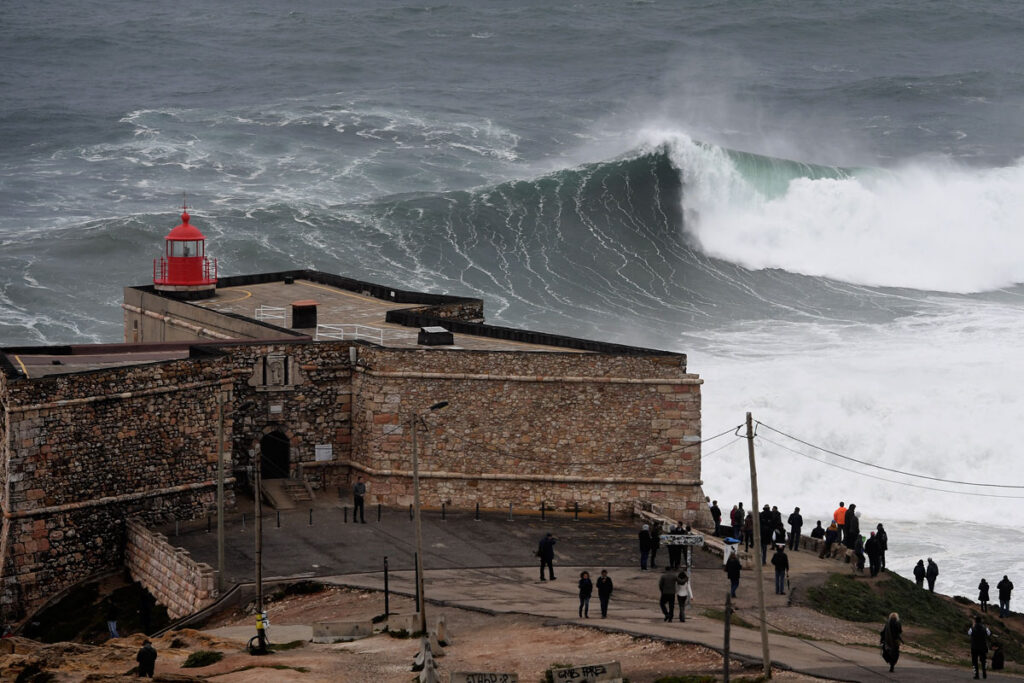
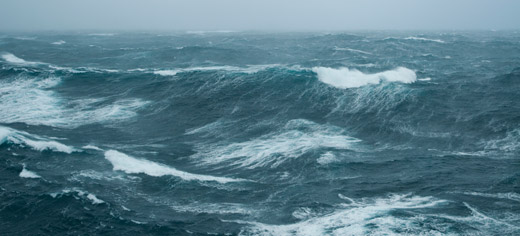

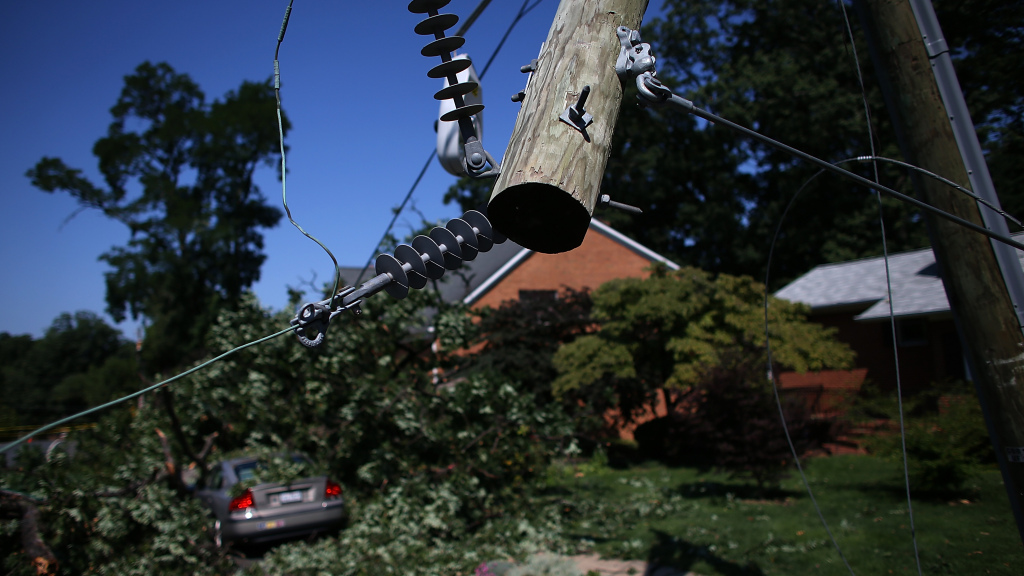
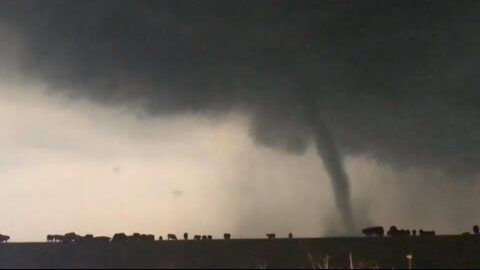
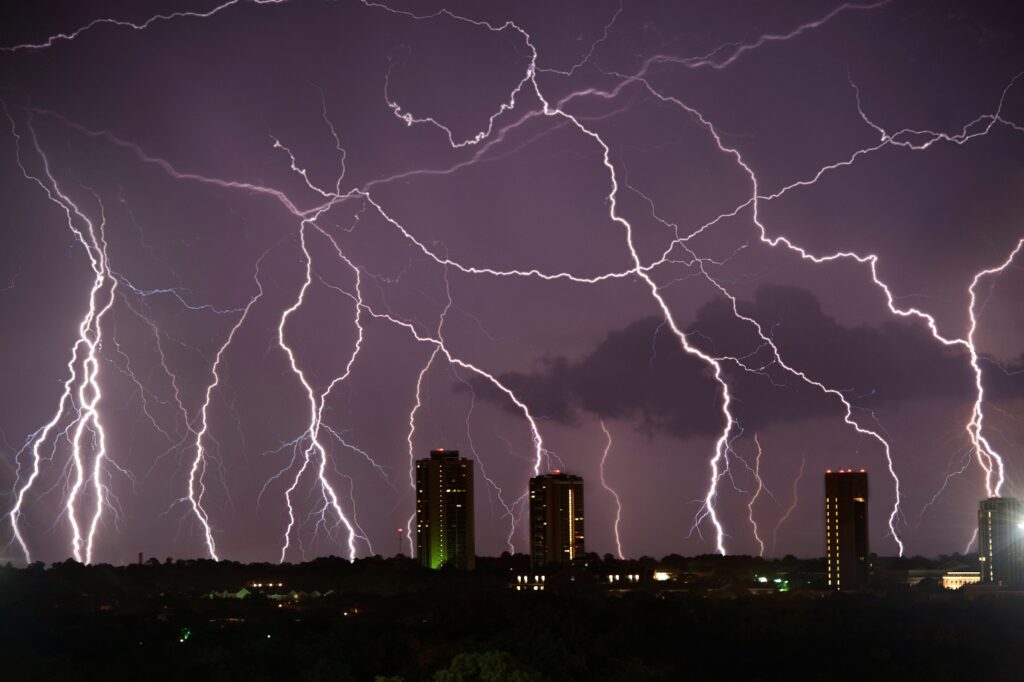
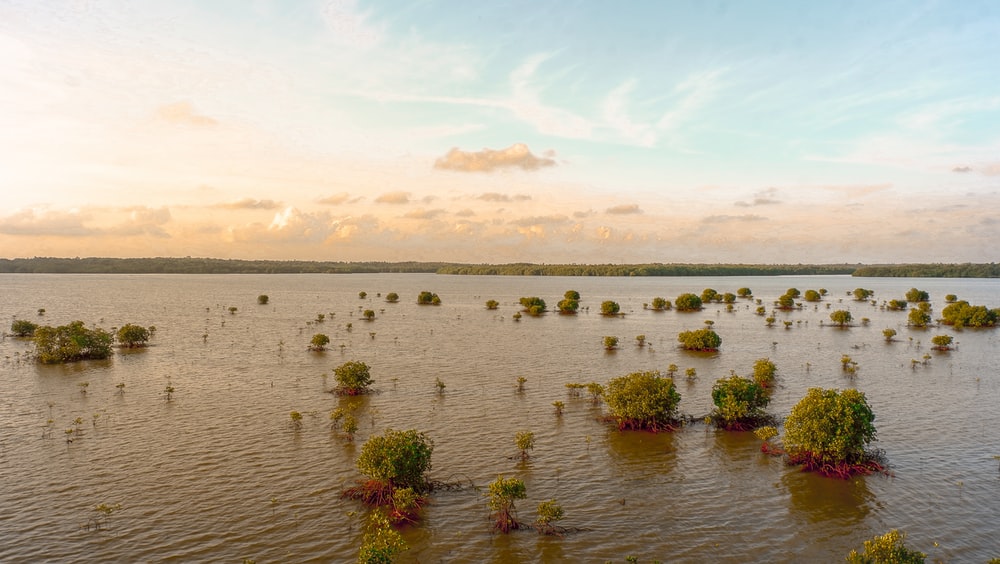
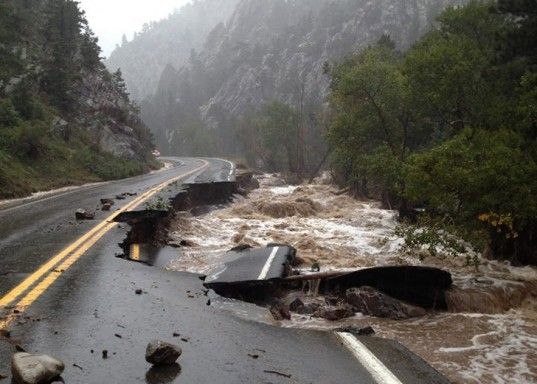
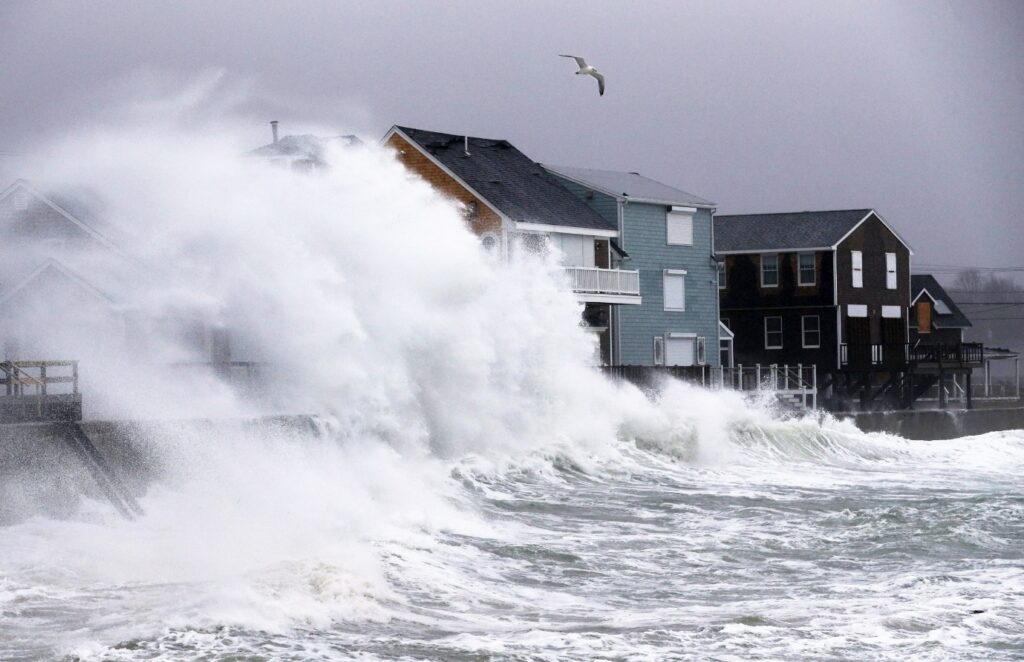
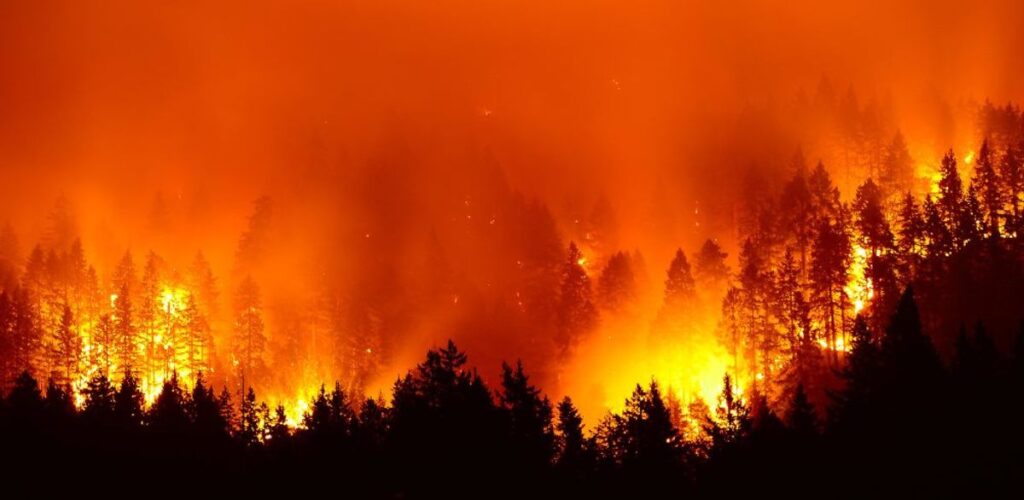
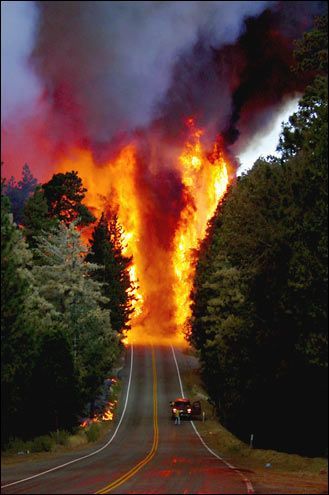
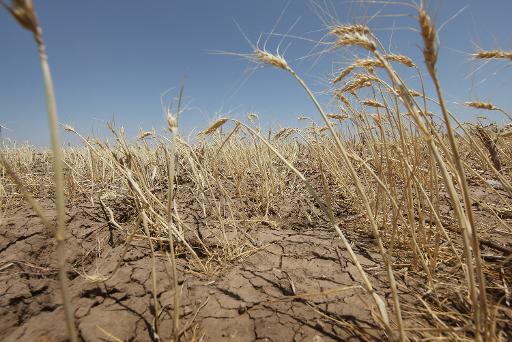
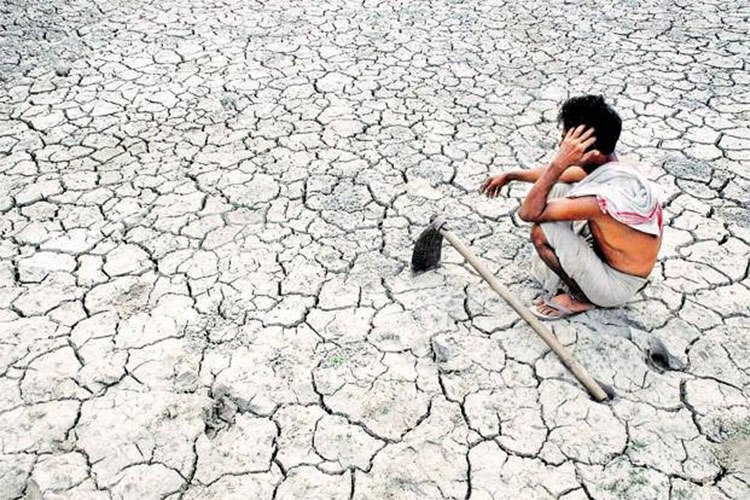
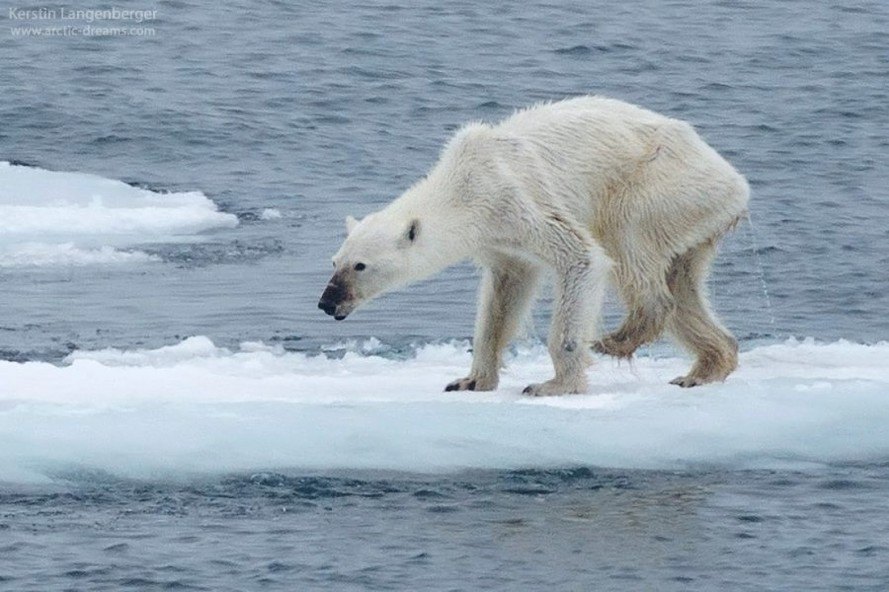
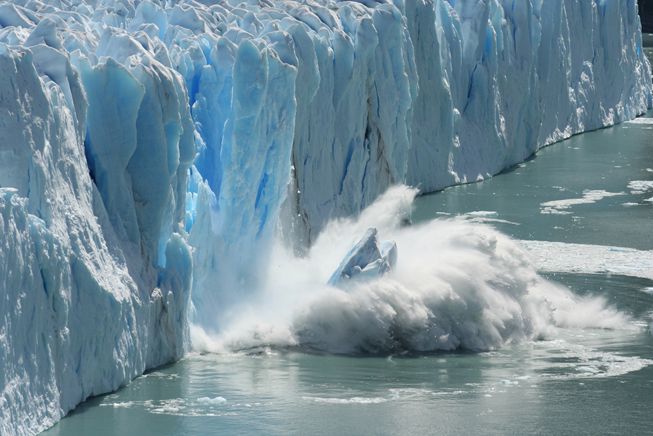
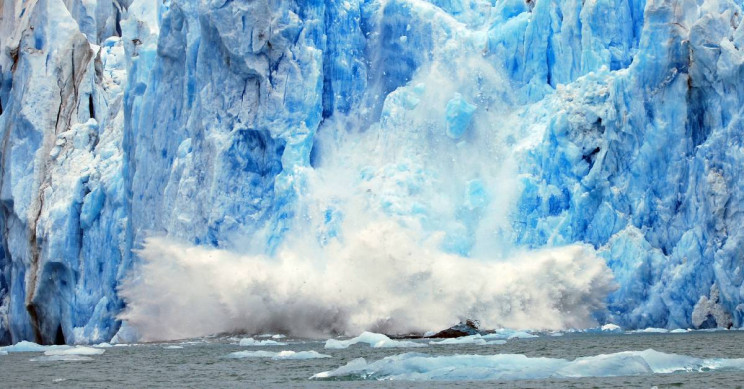
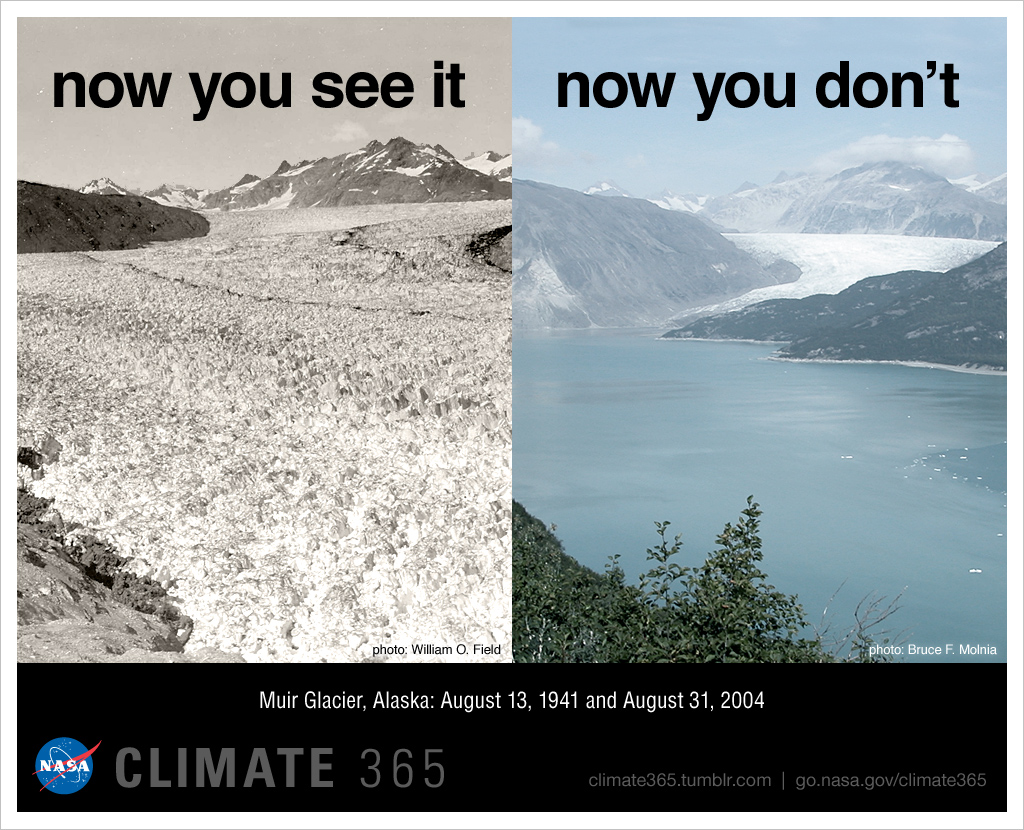
Recent Comments